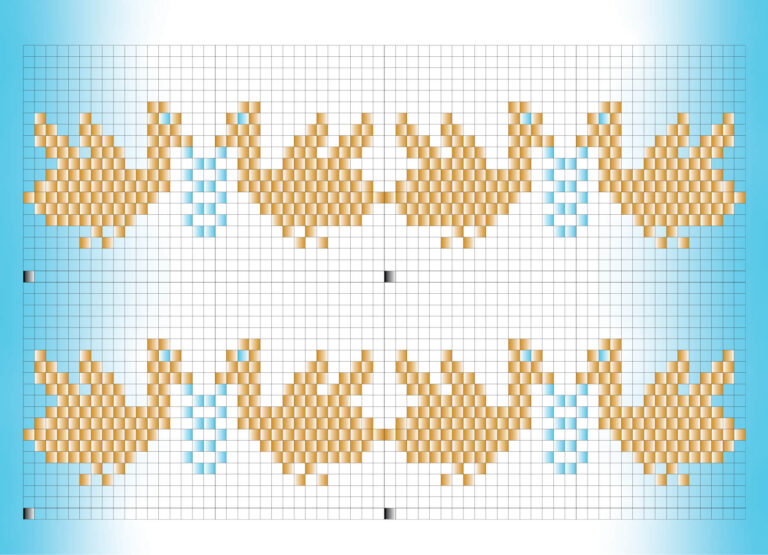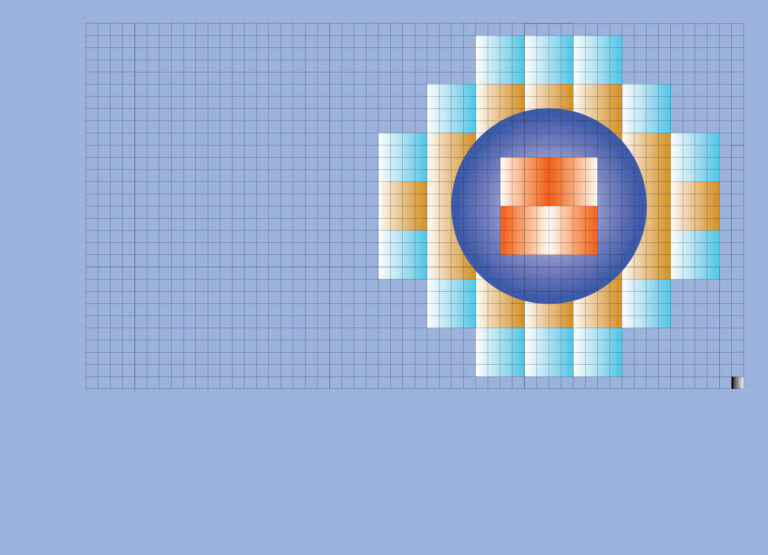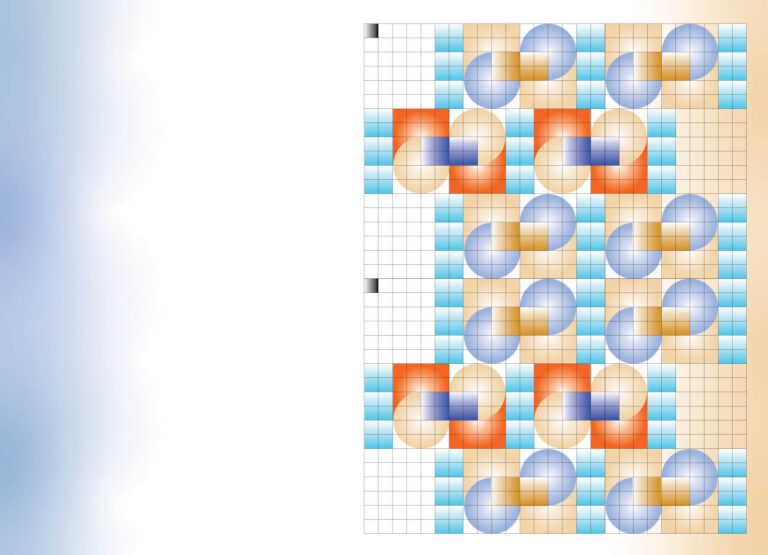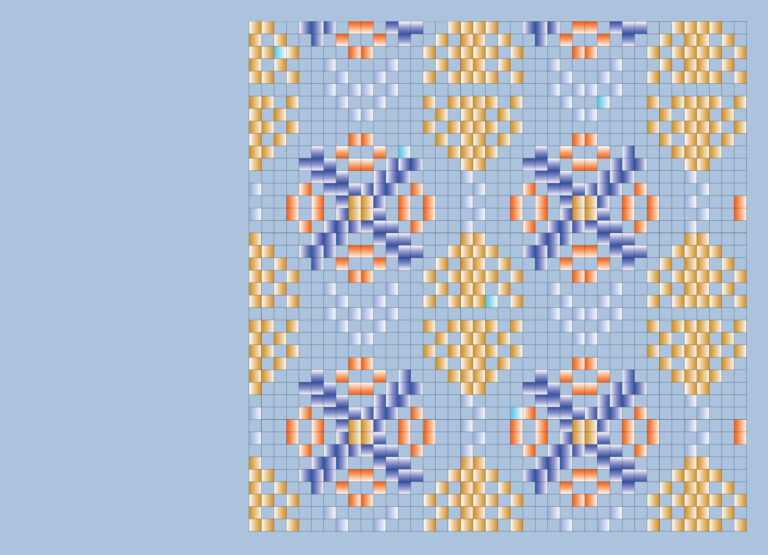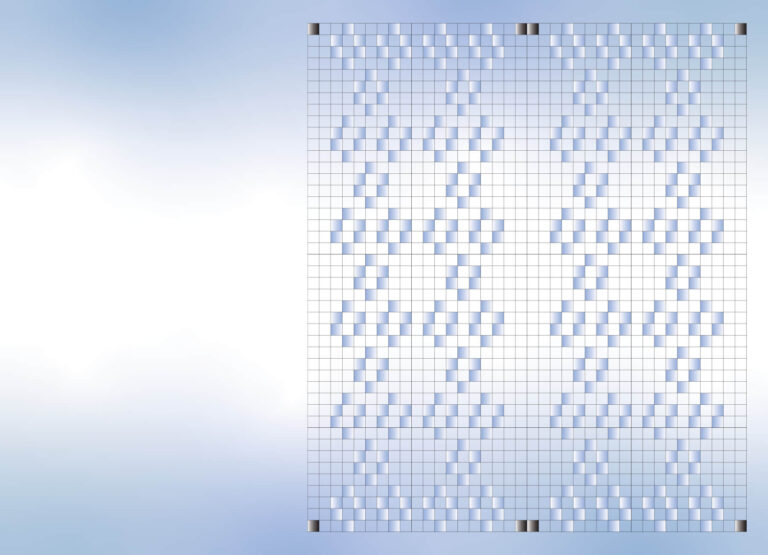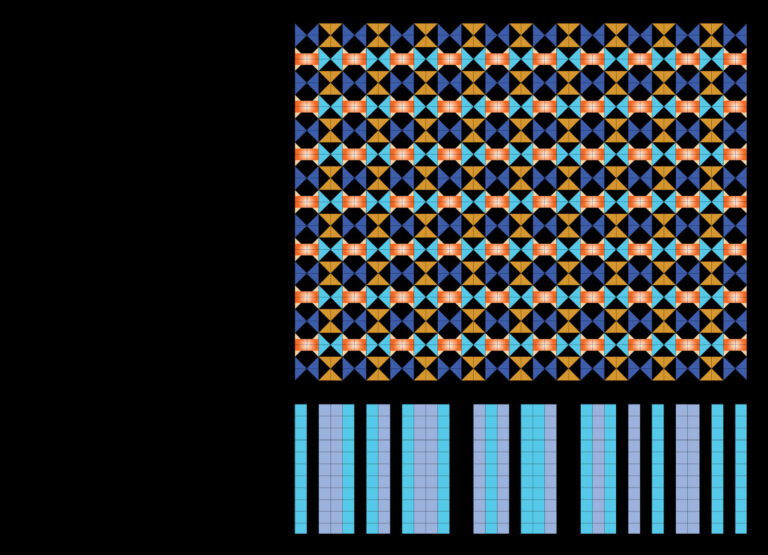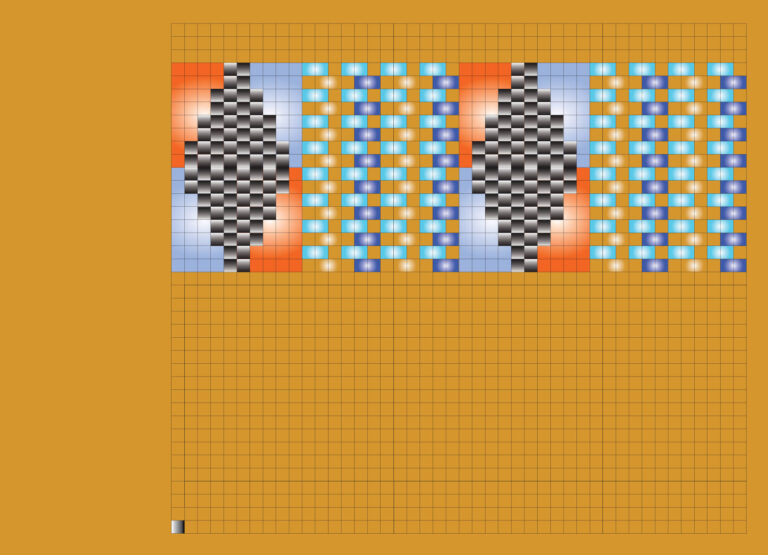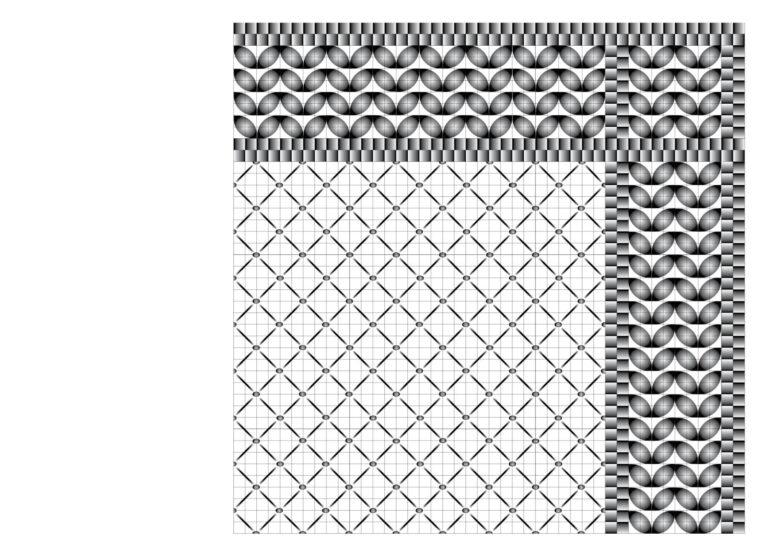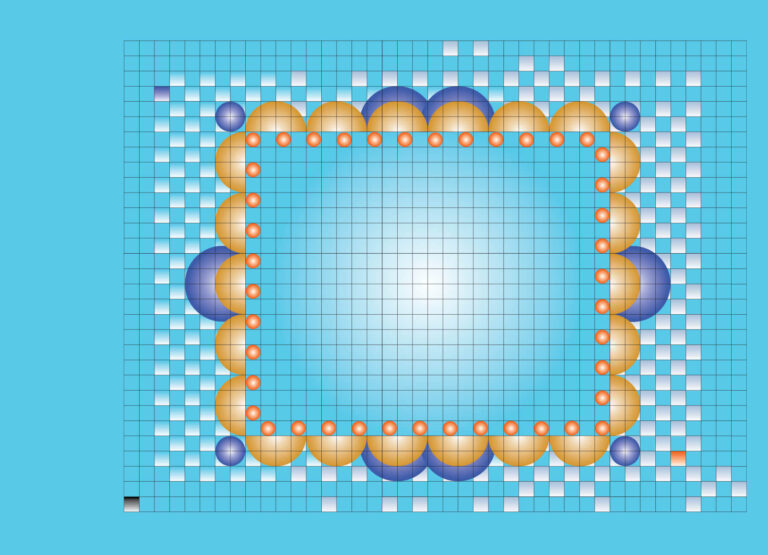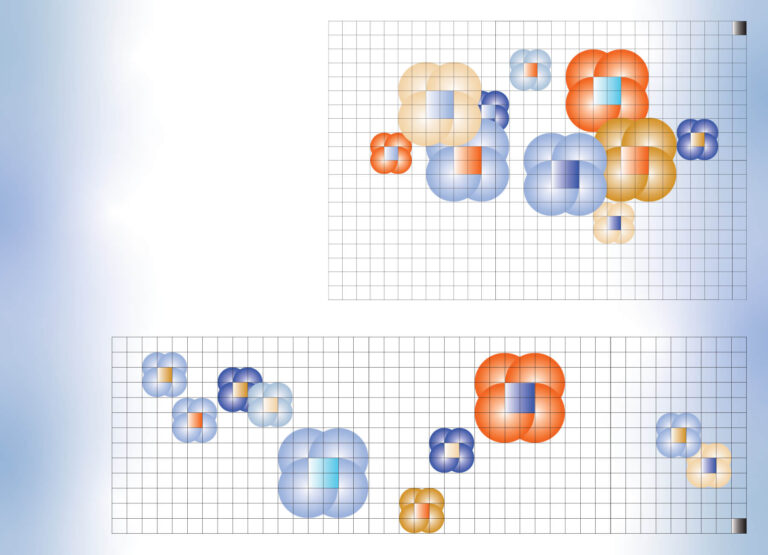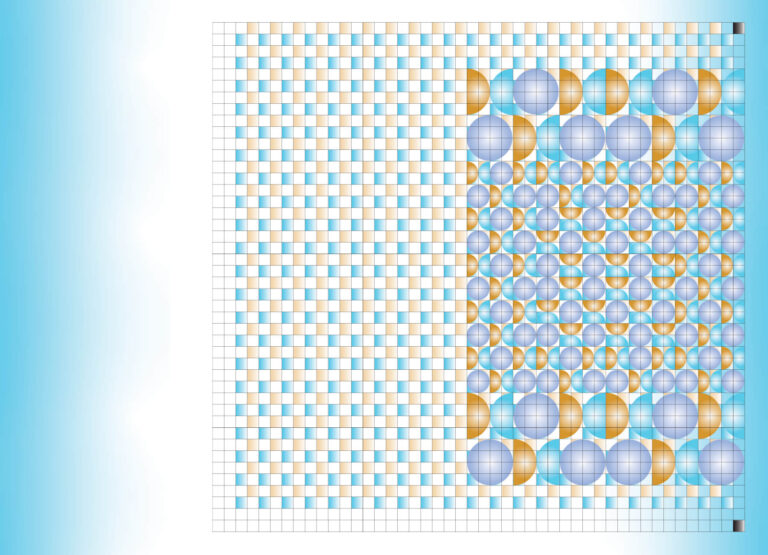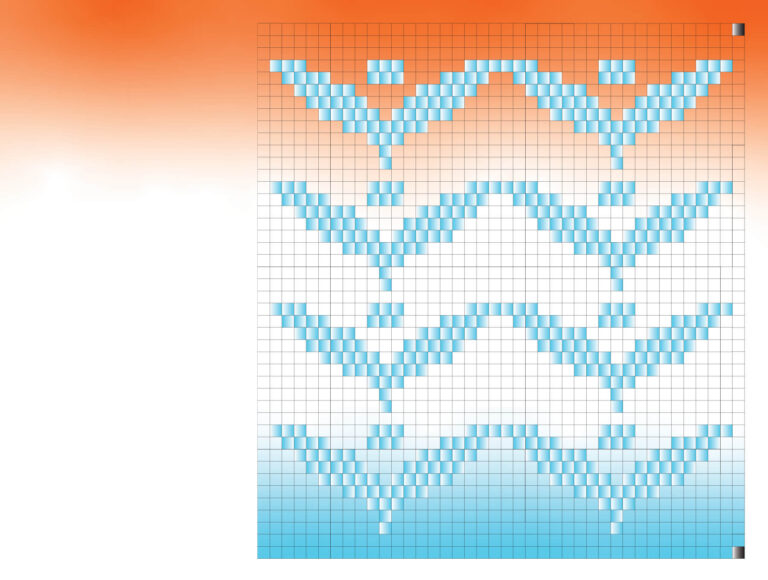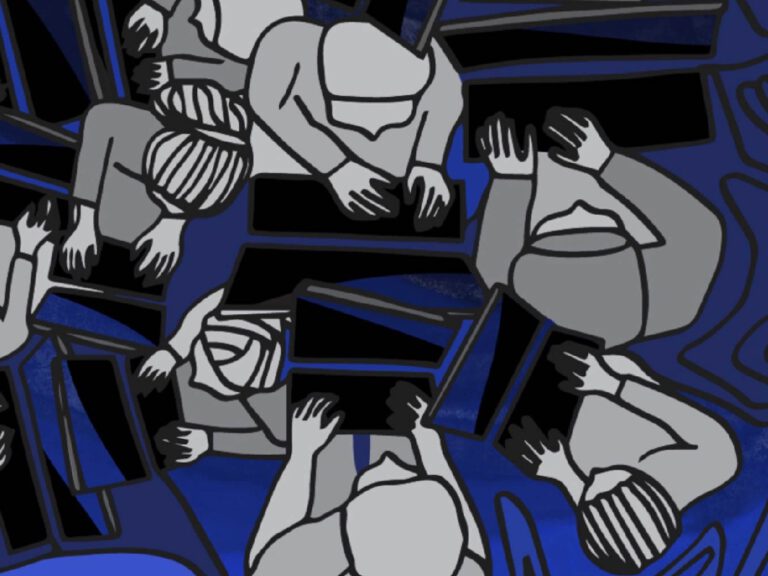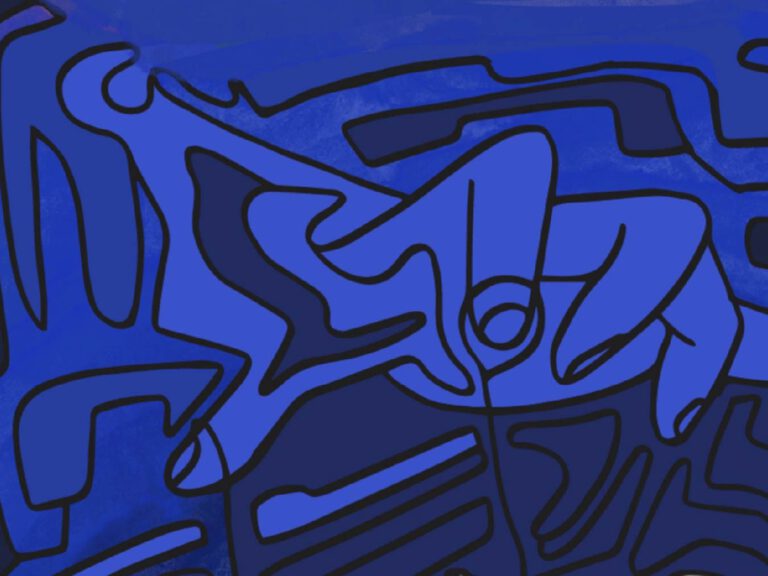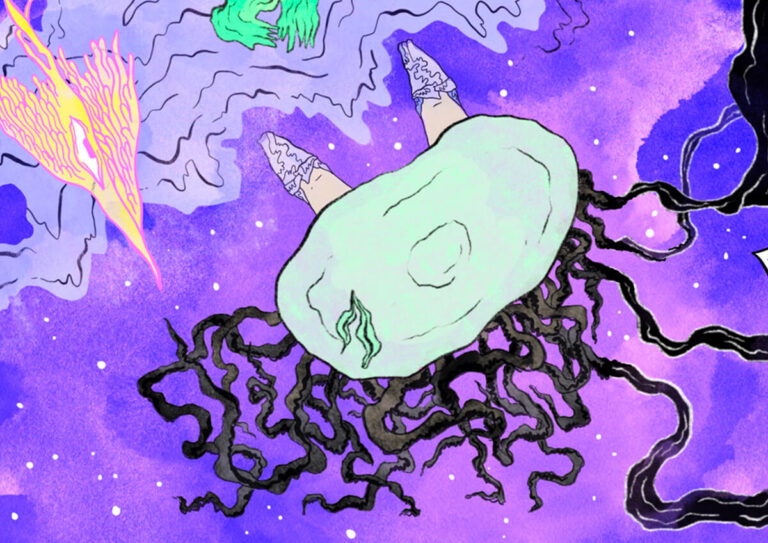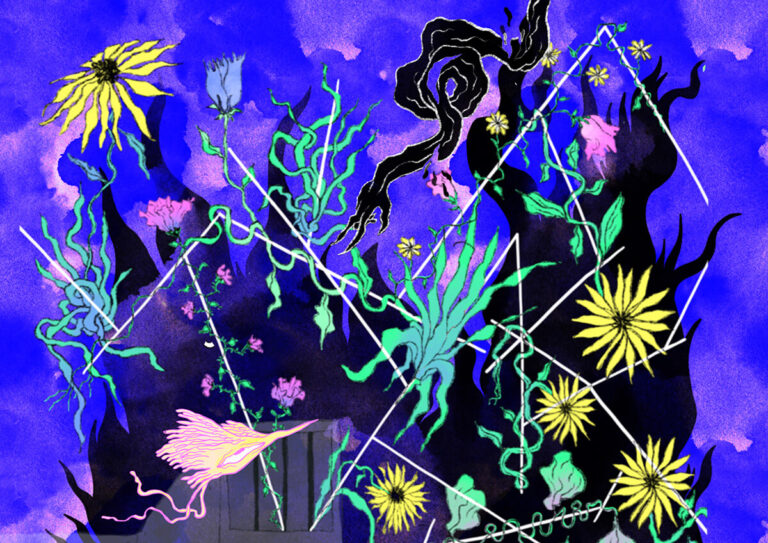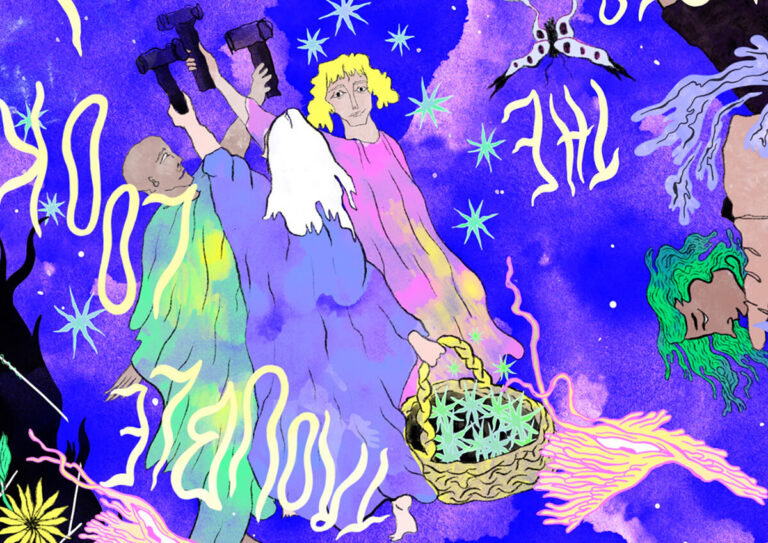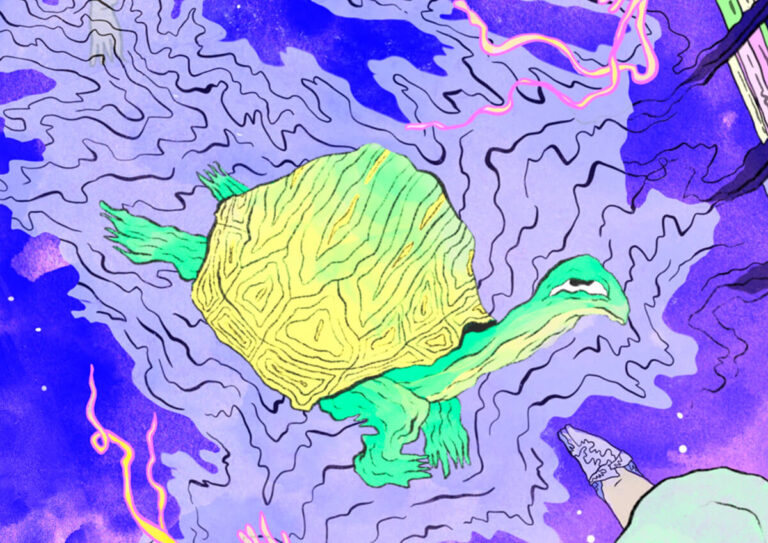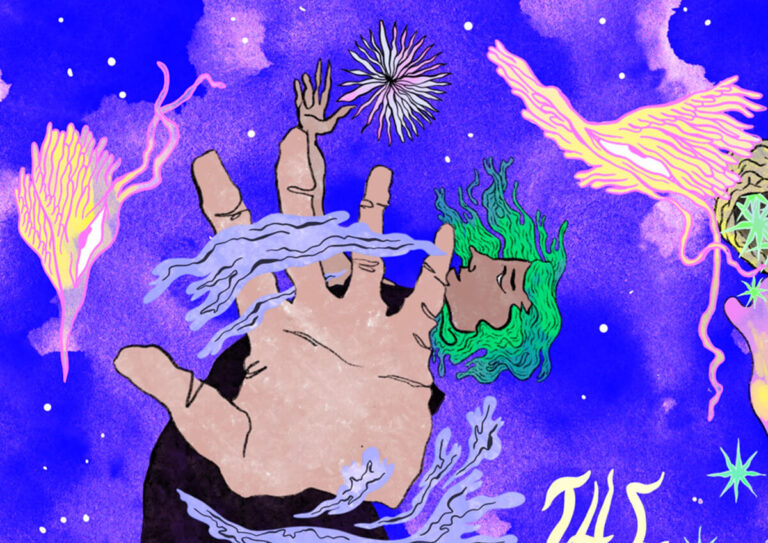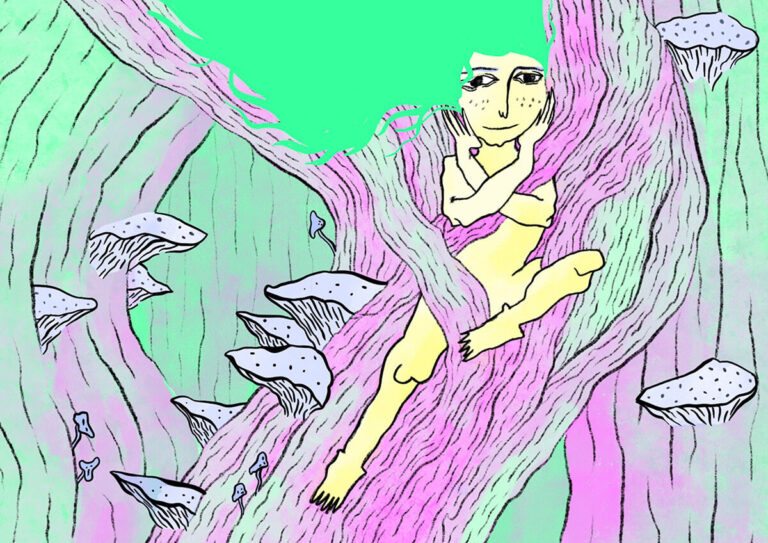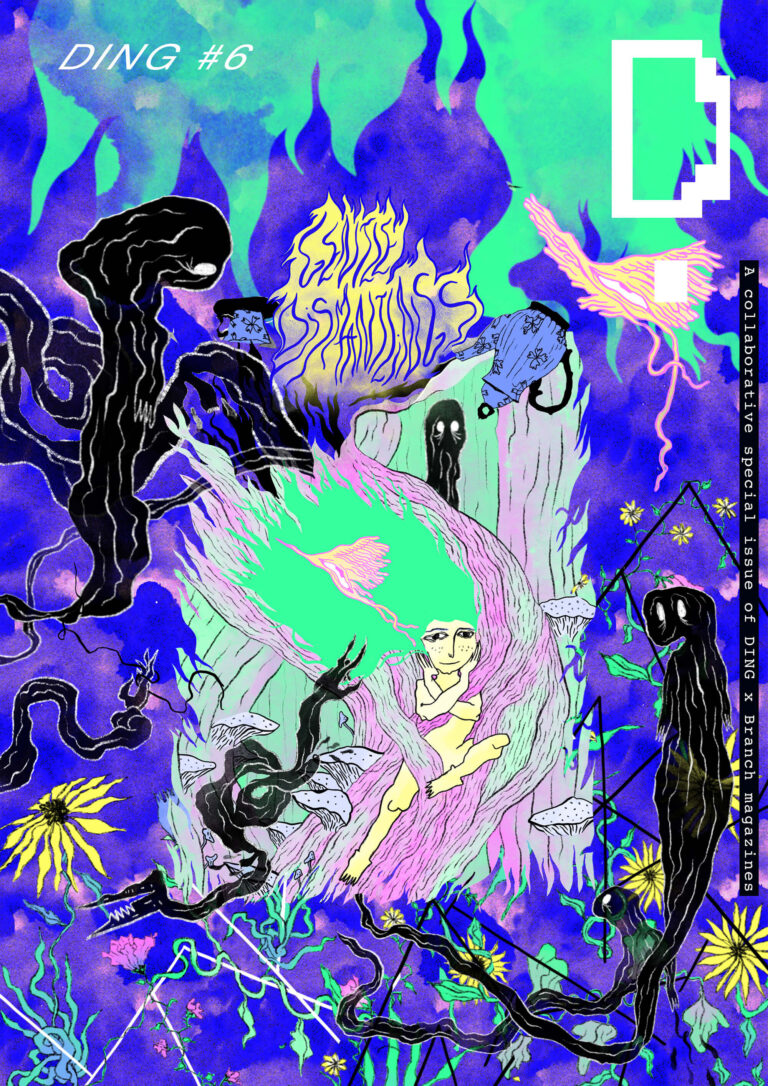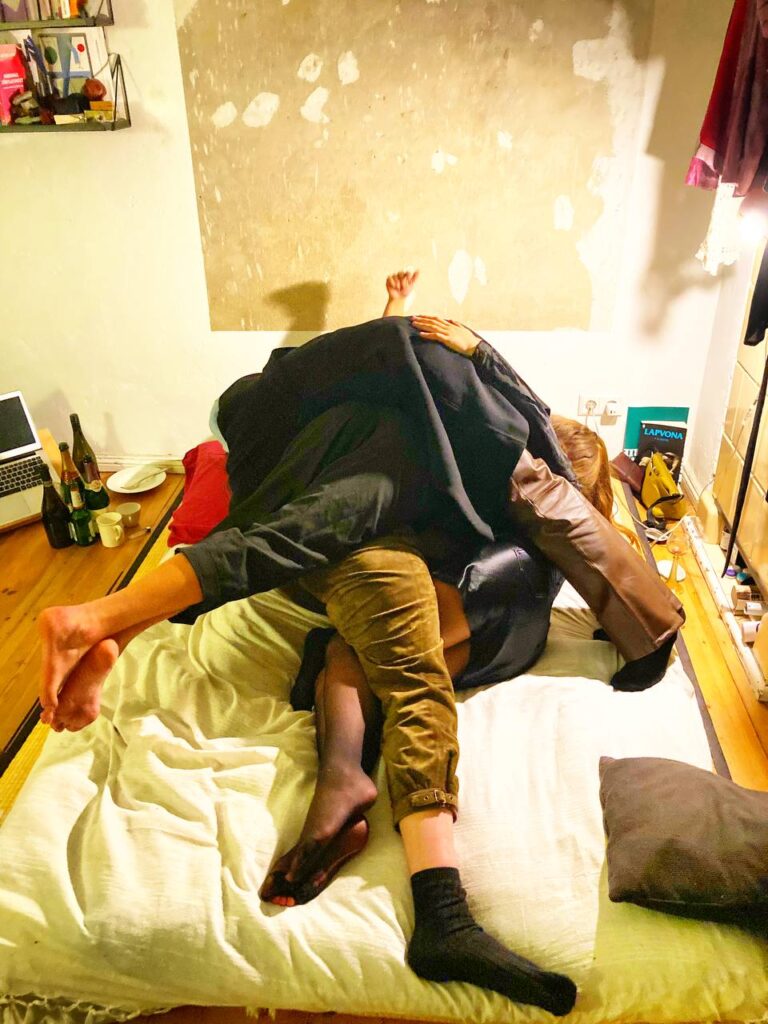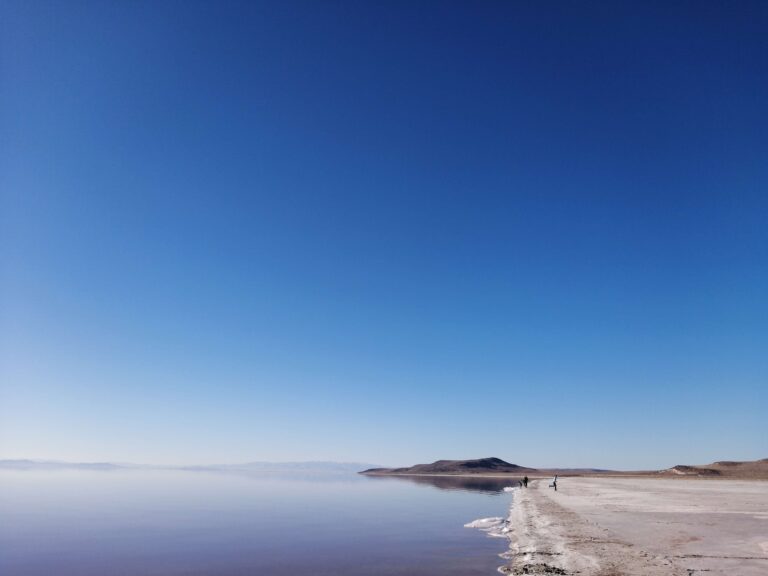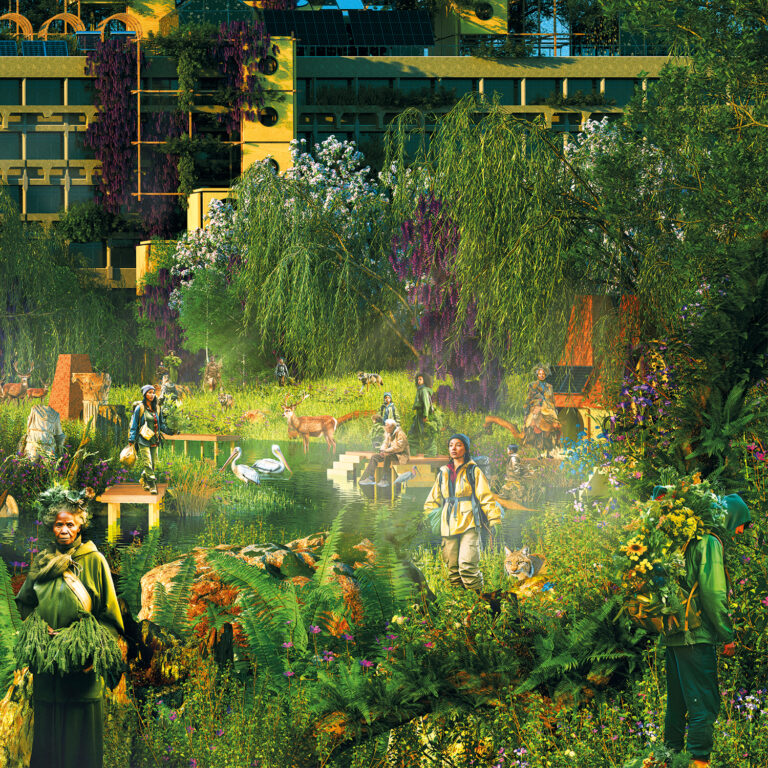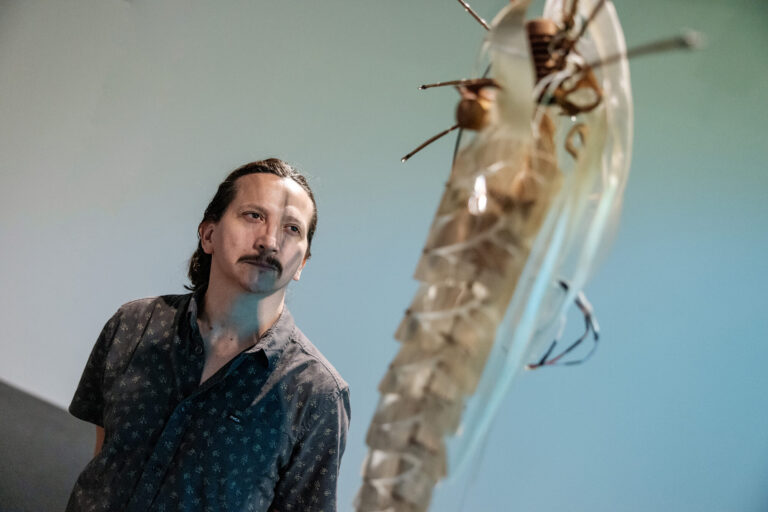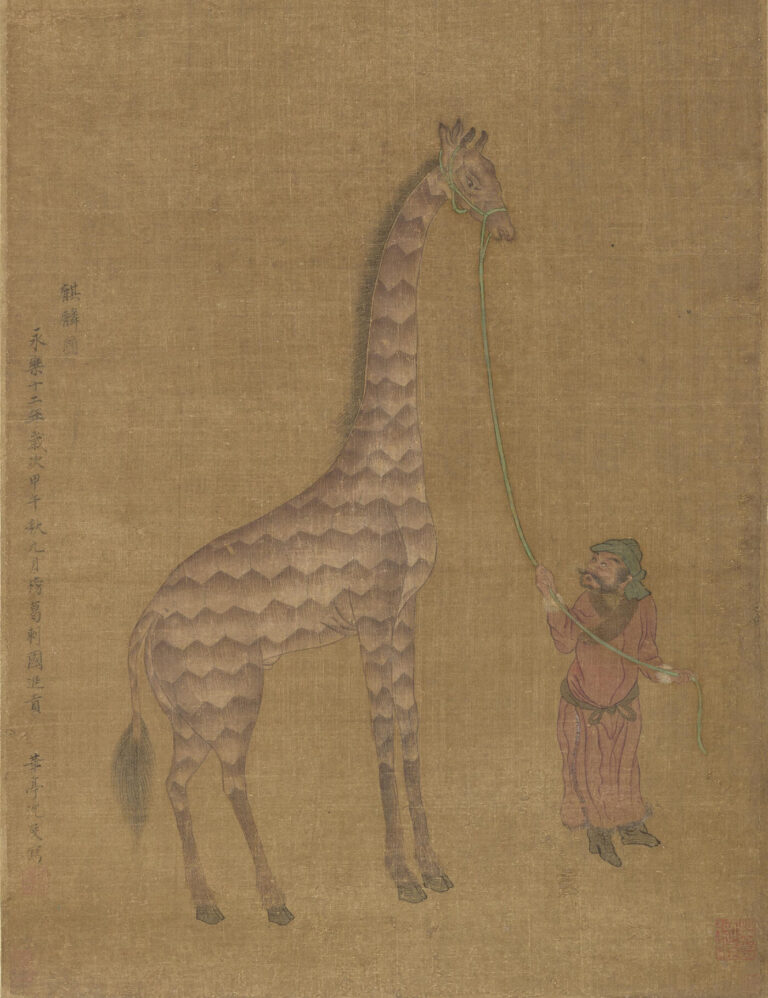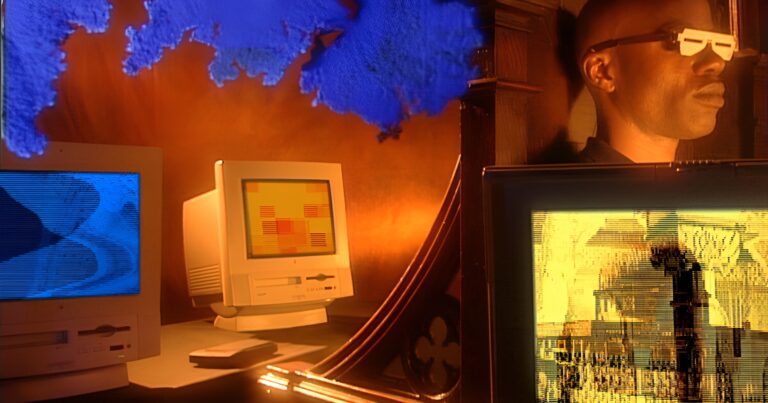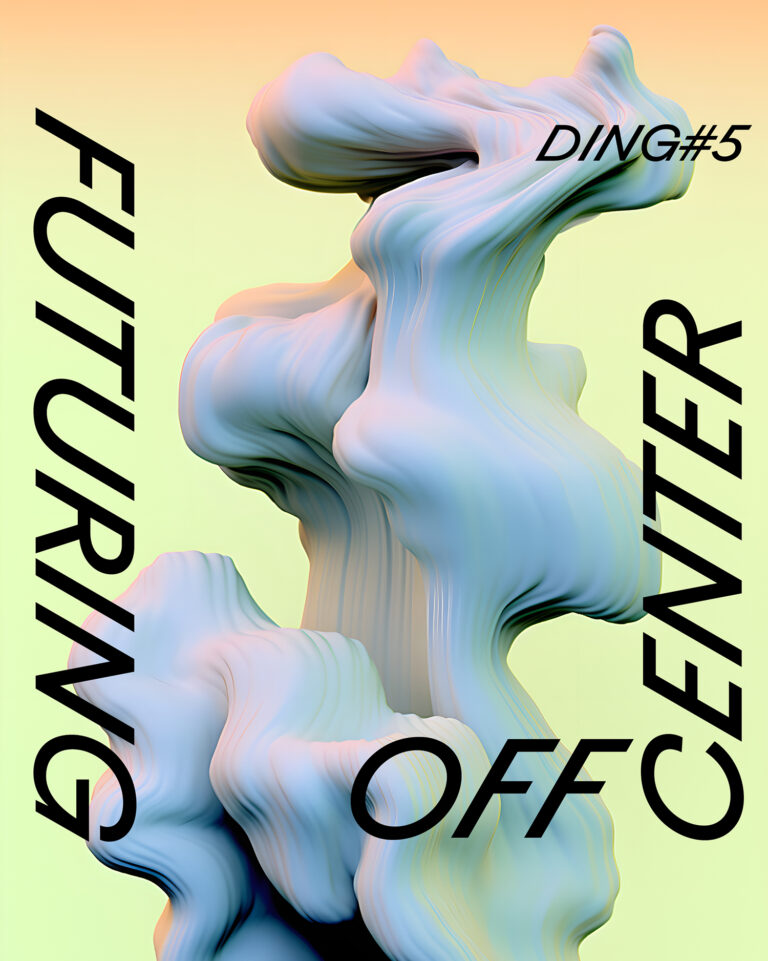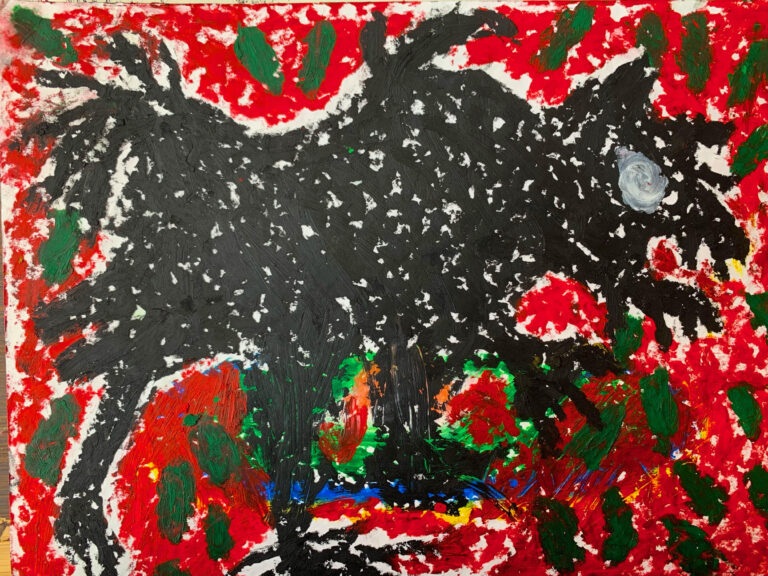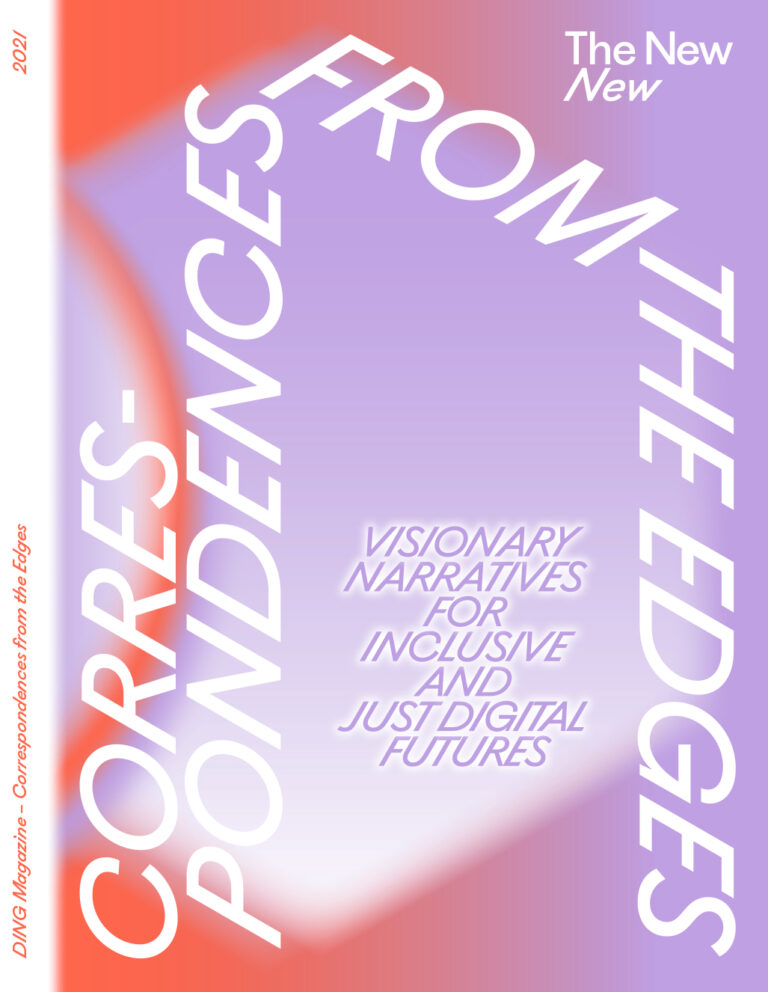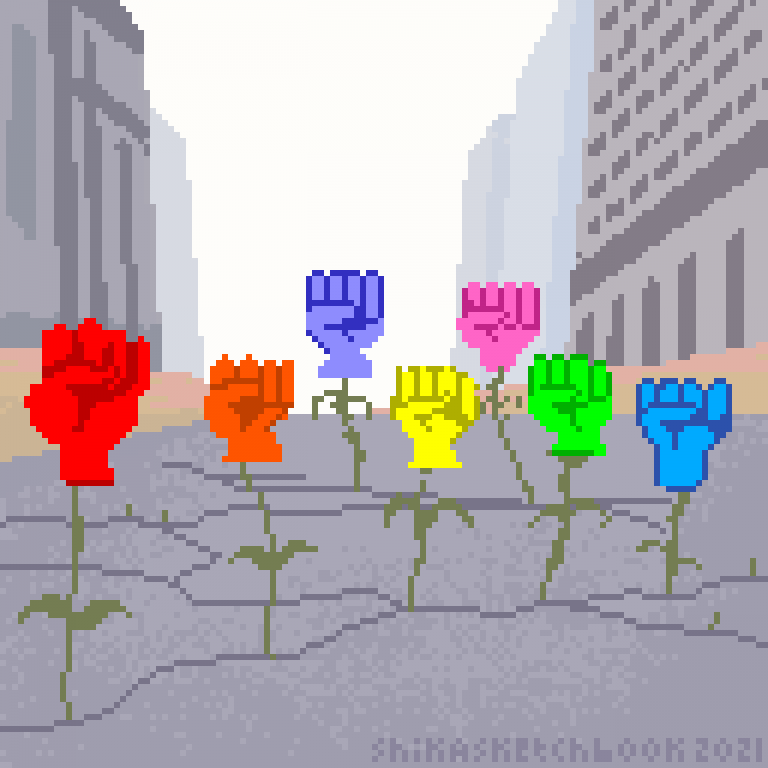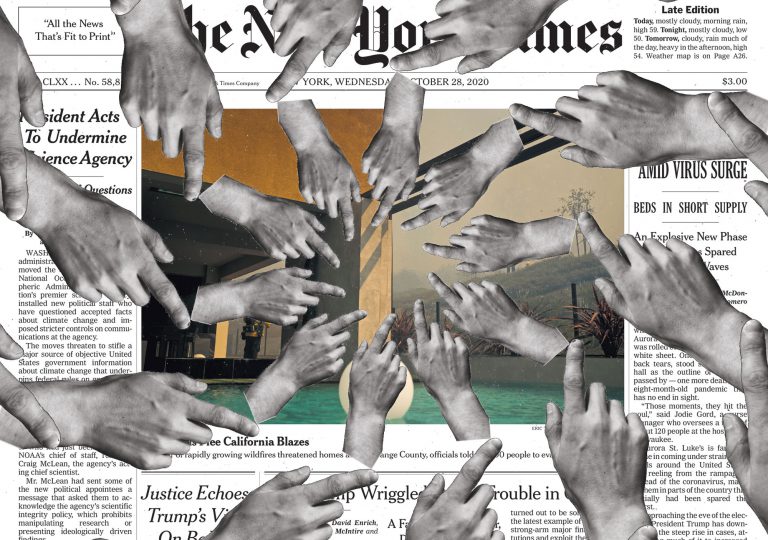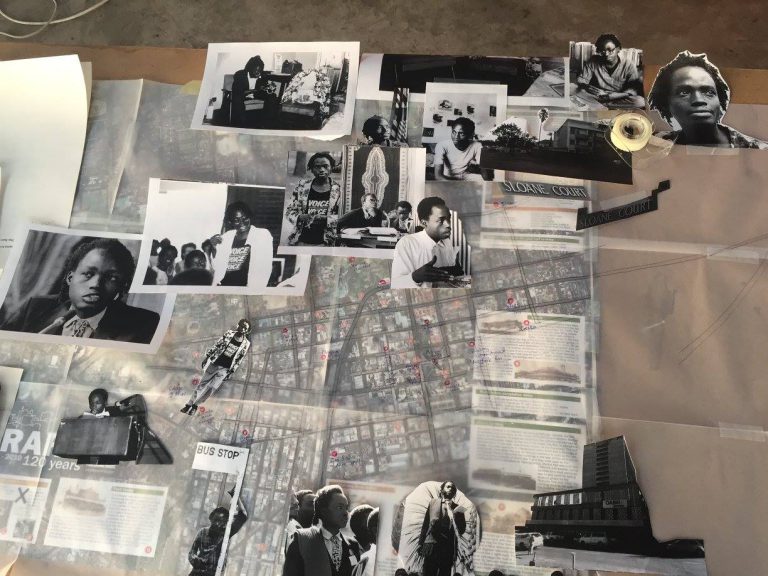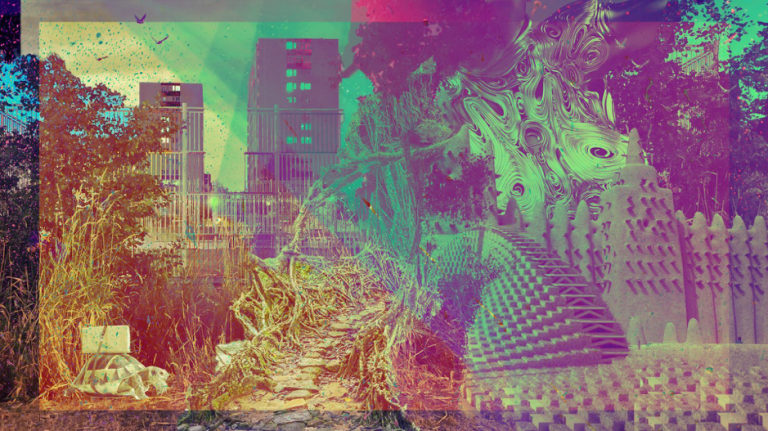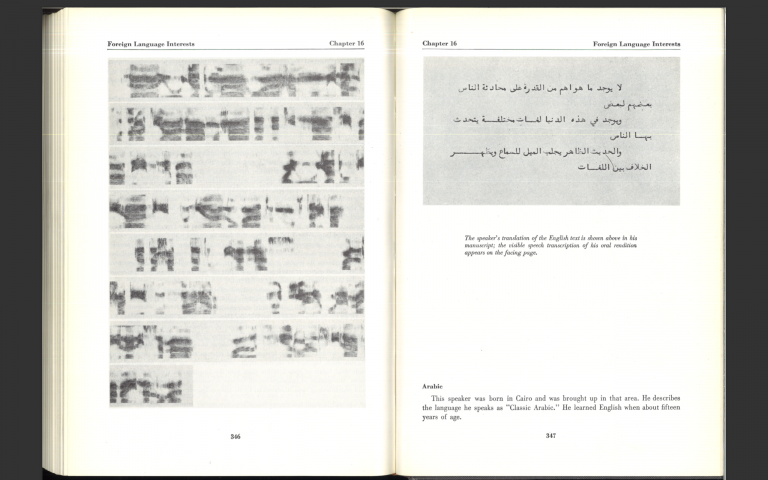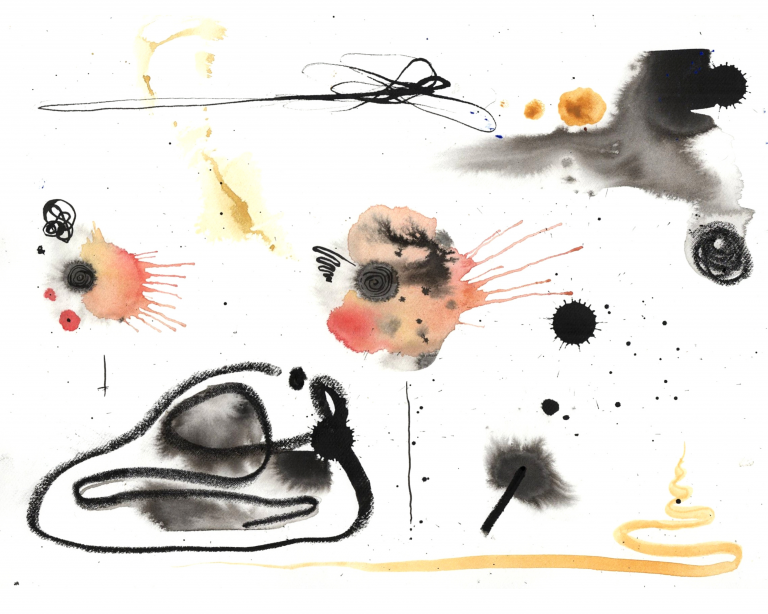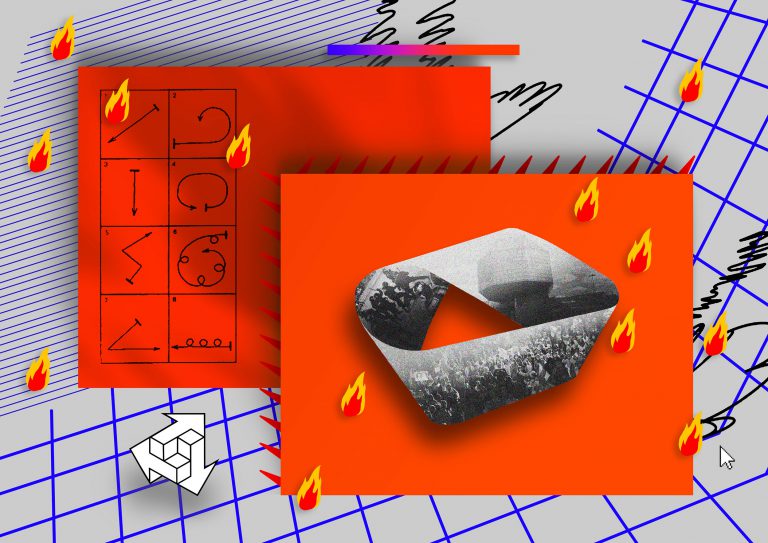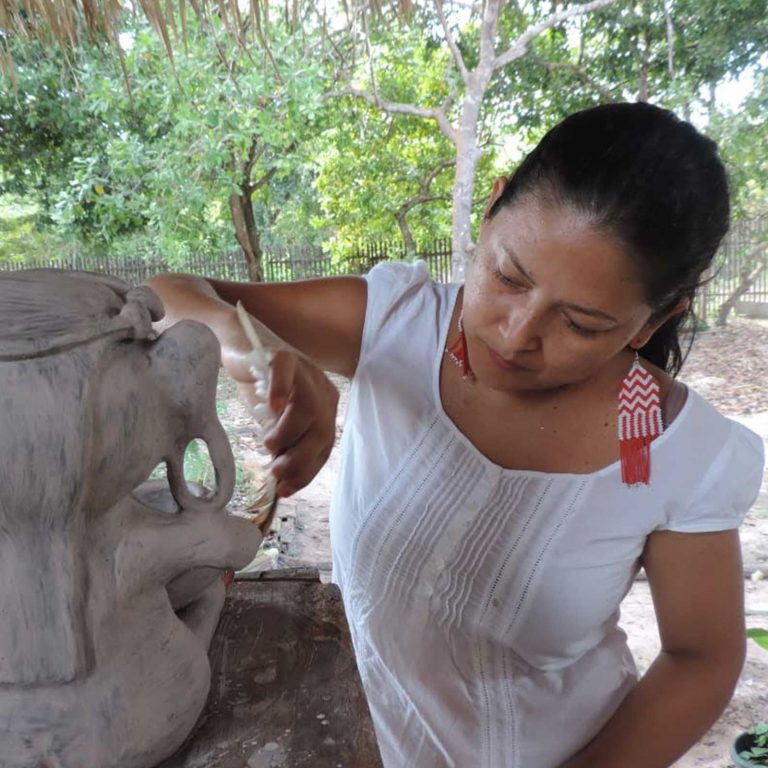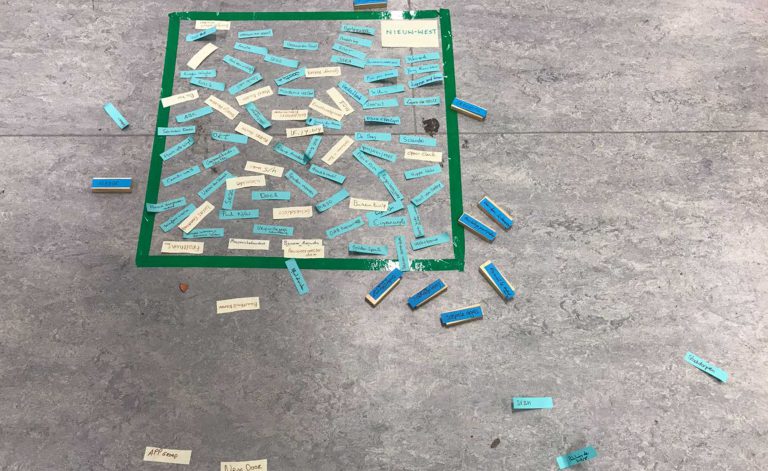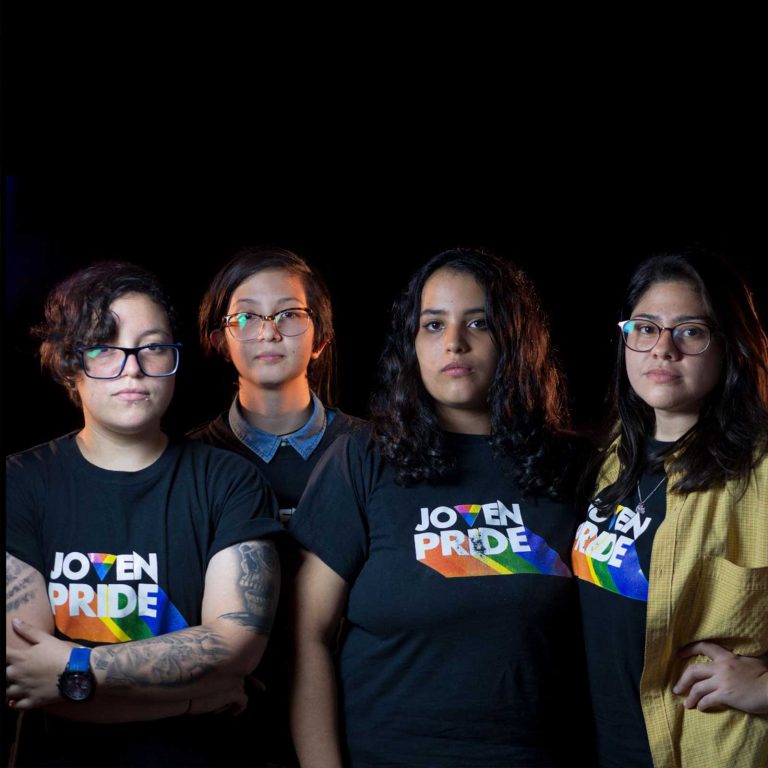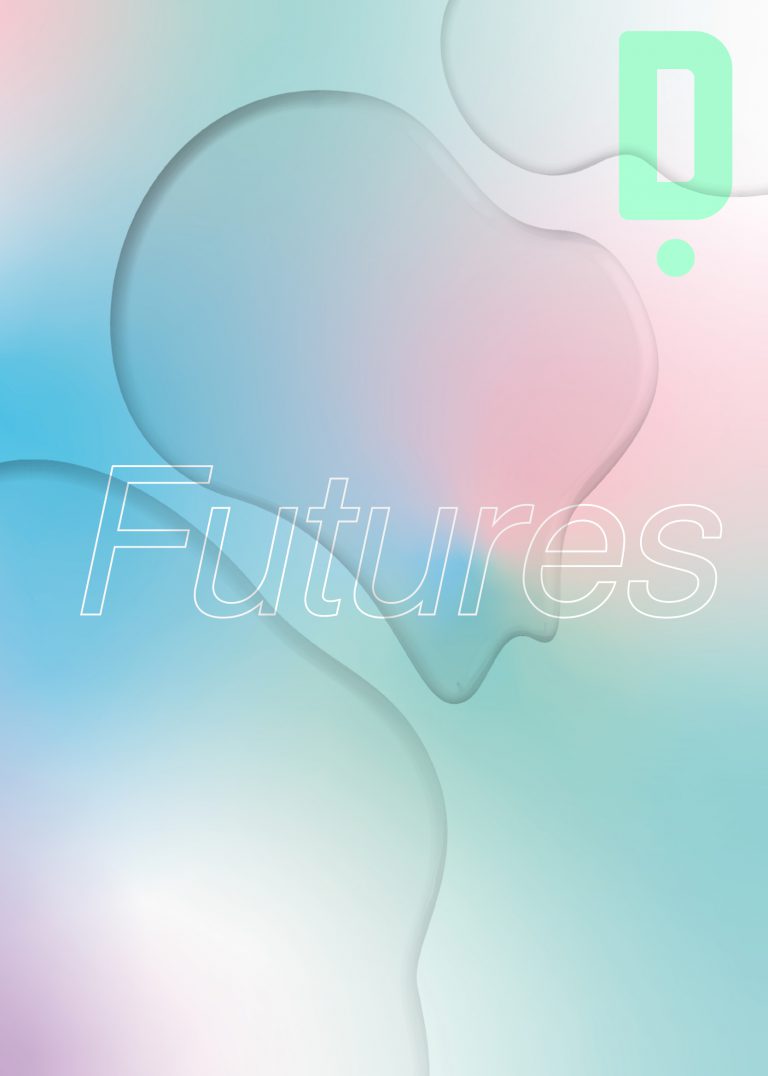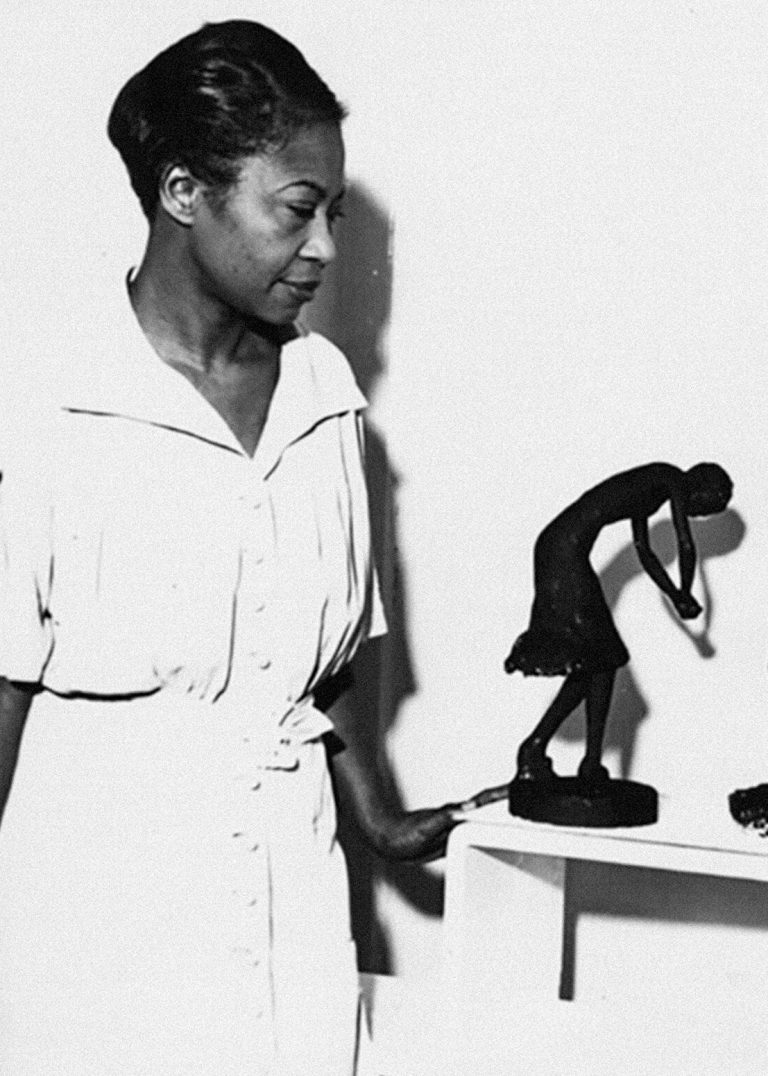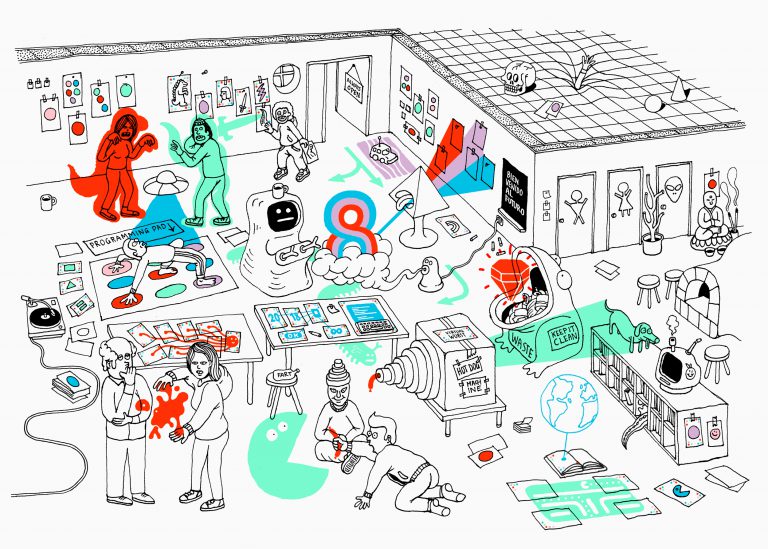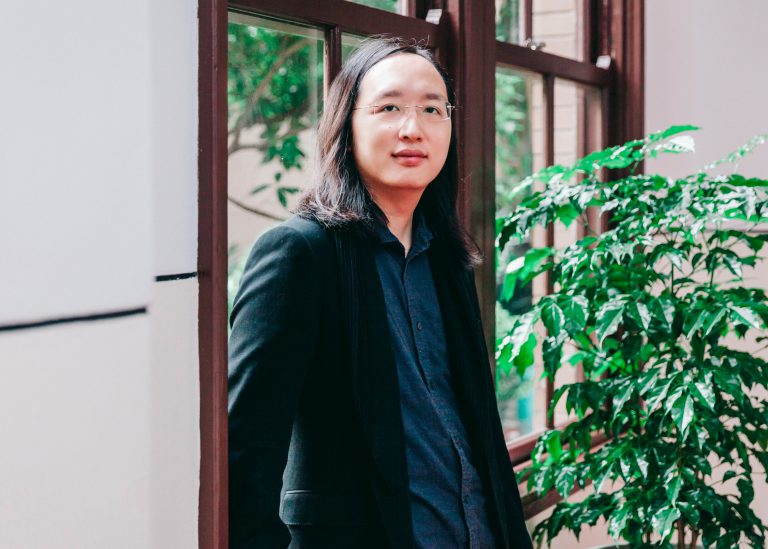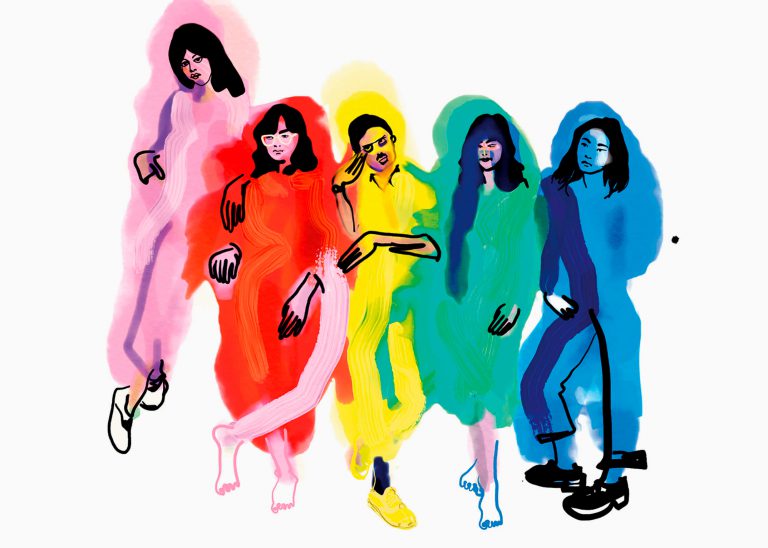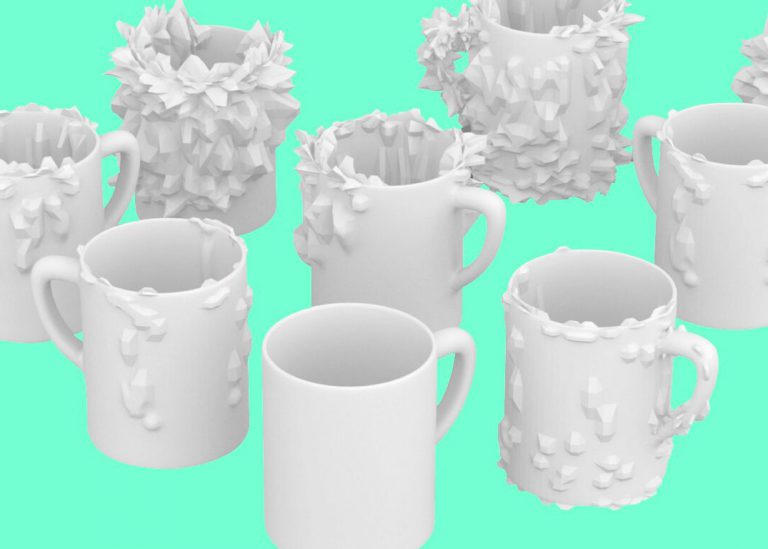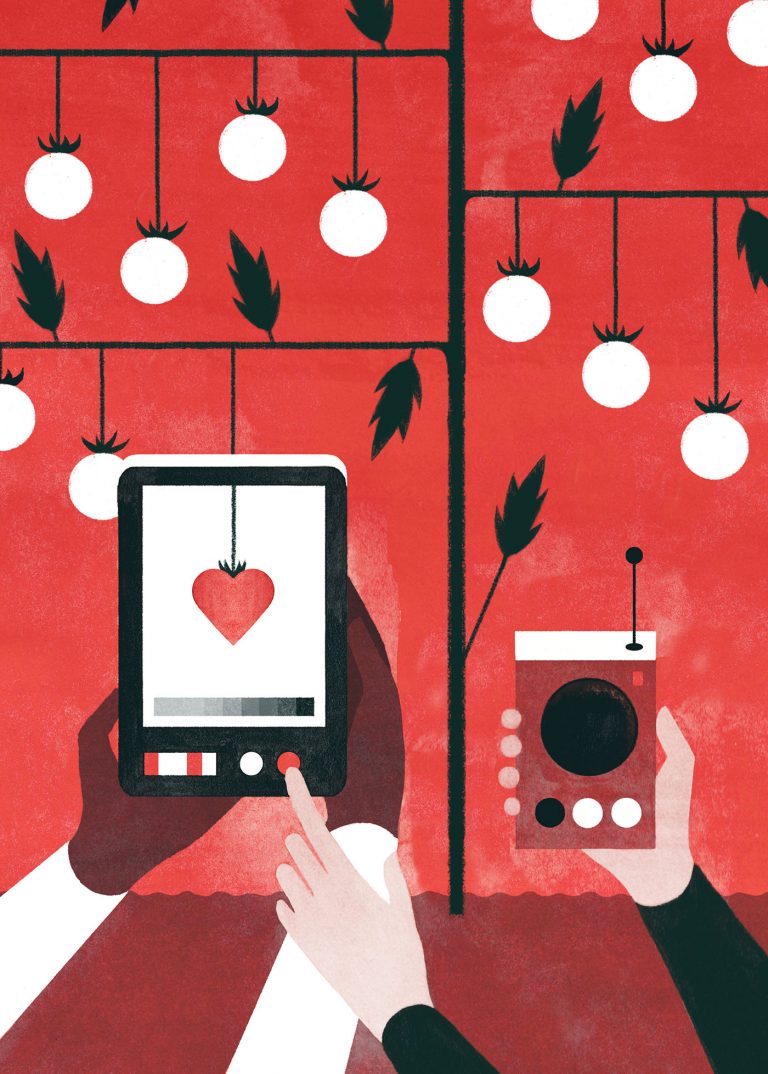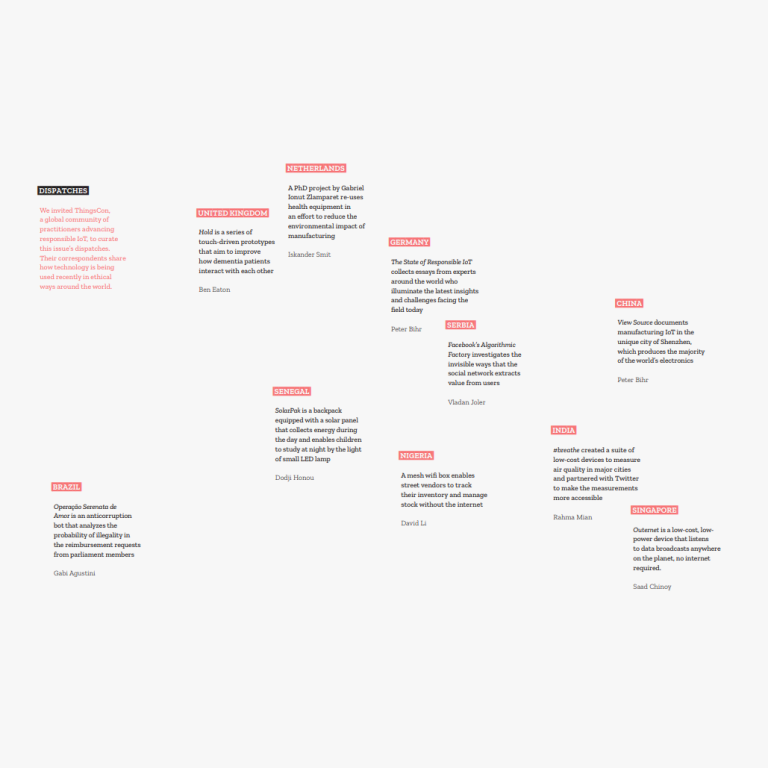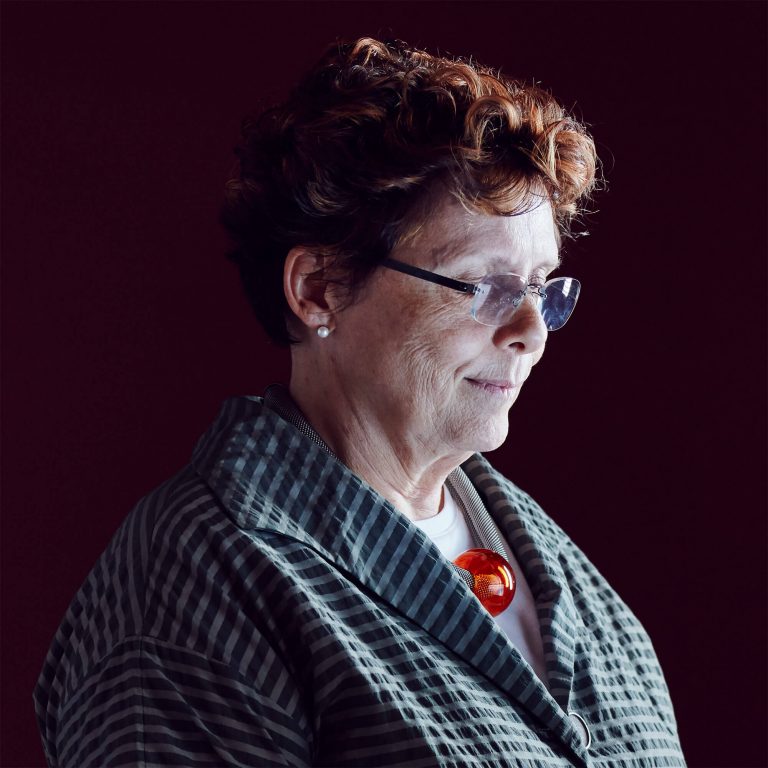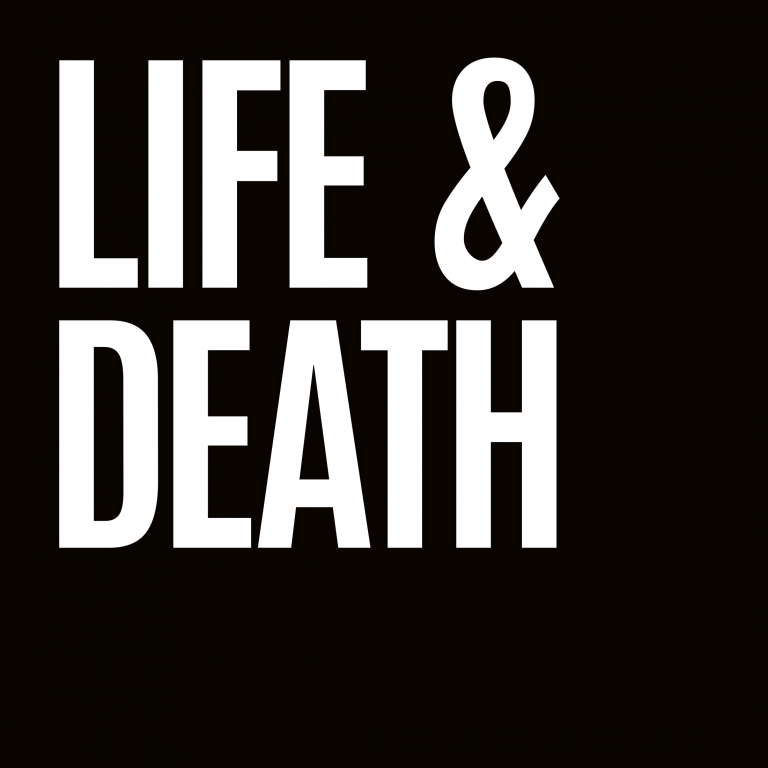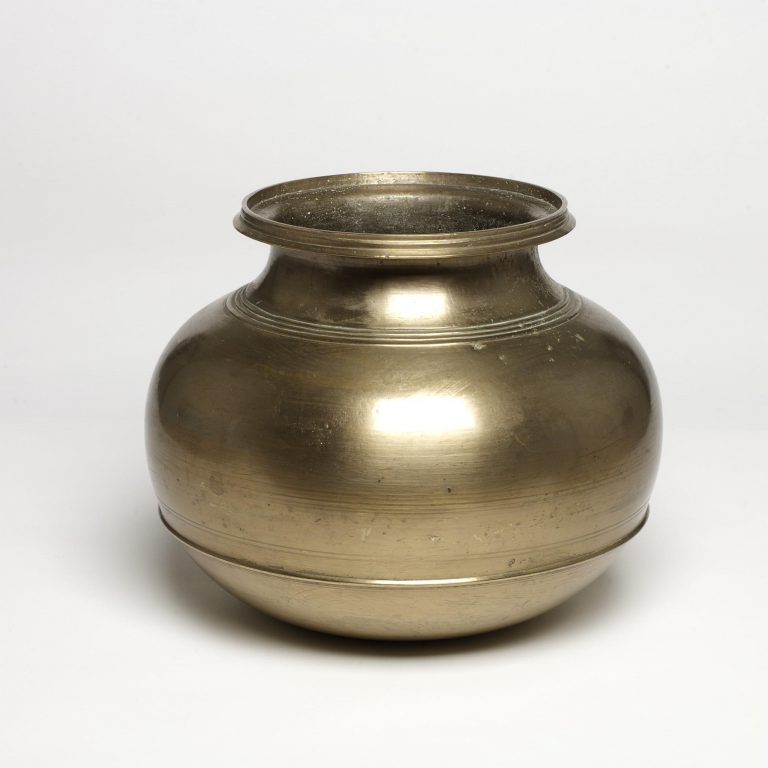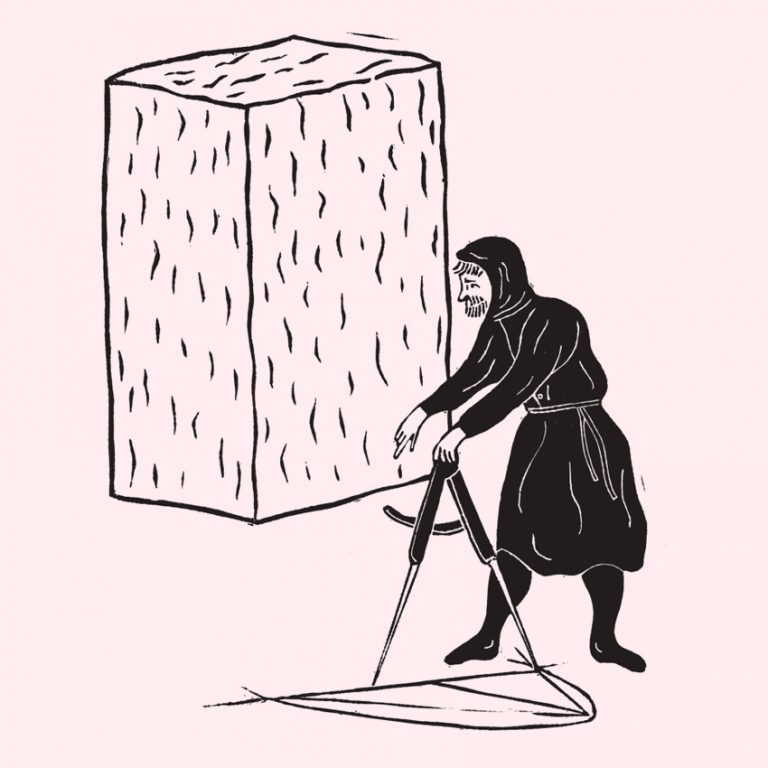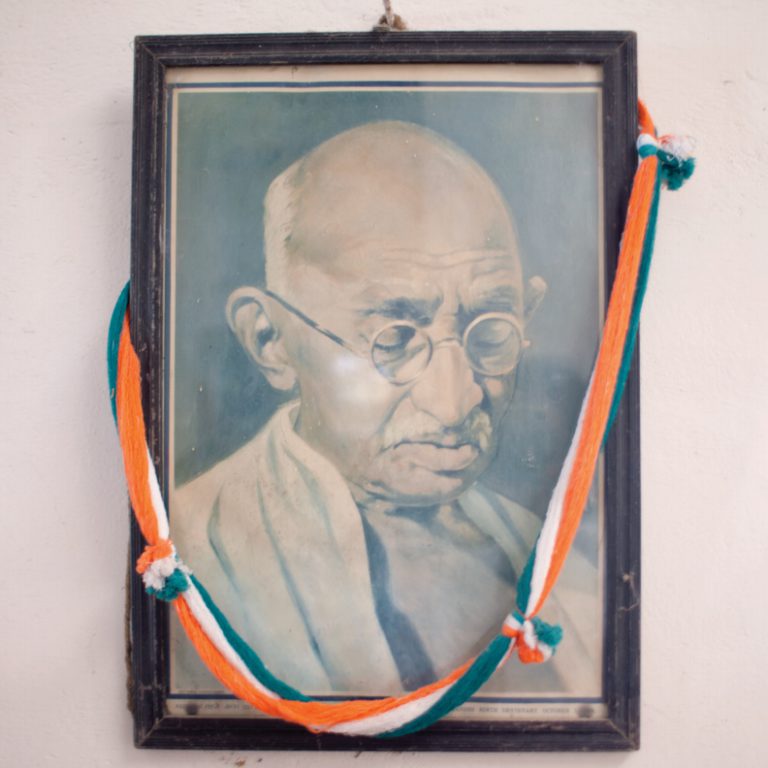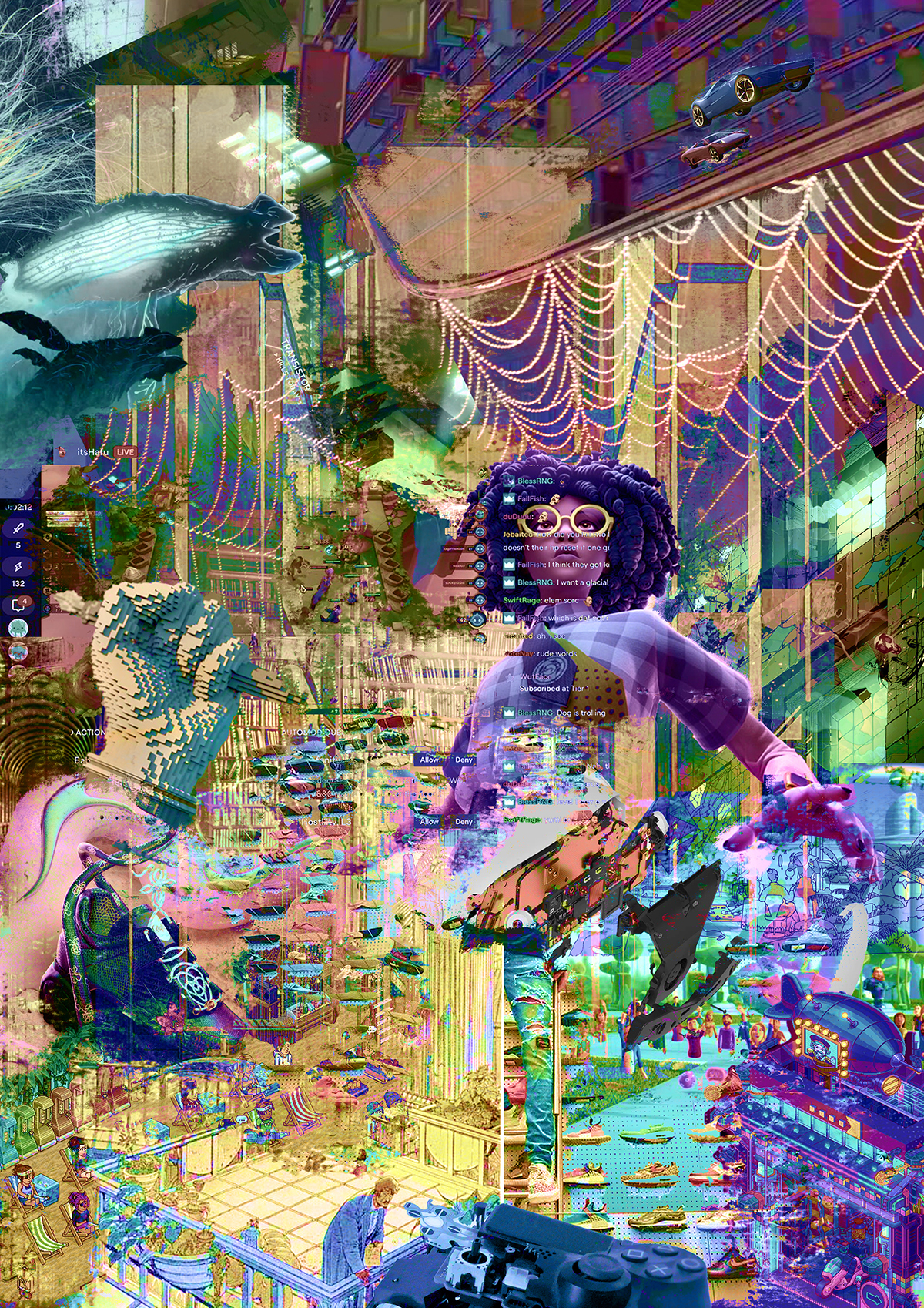
Image by Hugo Pilate
Début septembre 2020, Hugo m’a contacté pour élaborer ensemble une série d’ateliers de co-création sur le réenchantement de la banlieue. De son côté, Hugo venait de lancer son propre projet, Cyberlocal Strategies, un cheminement pédagogique et collaboratif à l’intersection des questions de transitions écologiques en milieux urbains. Les deux projets puisent dans la pratique du worldbuilding et le prototypages de mondes alternatifs à travers des outils de collaboration numérique comme les jeux vidéo multi-joueurs.
Chaque atelier sur la Banlieue du Turfu était composé de deux parties : la première proposait une réflexion collective organisée dans Miro sur la thématique de la semaine, à l’aide d’exercices d’introspections, de déconstruction et d’improvisation. Puis une deuxième partie dans le mode Créatif de Fortnite¹ dans lequel les participants donnaient forme à leurs visions. Chaque phase de prototypage fut organisée dans la même carte Fortnite permettant la création d’un monde de plus en plus vaste, dense et vivant.
Ces premiers ateliers étaient expérimentaux. Les participants étaient des personnes proches d’Hugo et moi : des amis, des designers et quelques fois des inconnus qui trouvaient notre démarche intéressante. J’ai choisi 4 thèmes très différents qui résonnaient dans mon imaginaire, sans vraiment de cohérence. Mais la chose à retenir c’est que je voulais essayer de penser la banlieue à travers des choses plaisantes et non-problématiques. Vous me direz que ça n’a rien de spécial ? Eh bien, si c’est spécial, car en France en tout cas, nous pensons collectivement la banlieue souvent à travers ses problèmes à résoudre.
1. La Terrabanlieuformation
La Terrabanlieuformation questionne l’ordre du possible et de l’impossible. La Banlieue du Turfu est potentiellement un espace aussi désirable que Mars et en même temps elle nous est tout aussi étrangère car finalement je, nous, sommes aussi les explorateurs d’un monde presque inconnu. Elle nécessite également d’être terraformée, imaginée, d’être fabriquée avec nos mains. Pour mettre en œuvre la Banlieue du Turfu il faut autant de nouveaux savoirs, de moyens de transports, d’énergies renouvelables, que des moyens d’être autonomes. C’est une alternative plausible à la conquête spatiale de Mars. Il existe des Mars sur Terre, en Banlieue et dans différents territoires excentrés. Aujourd’hui, les deux territoires sont perçus comme très différemment, l’un représentant la décadence et l’autre le turfu de la civilisation.
Nous avons décidé d’explorer les liens entre imaginaires turfuistes et martiens au travers de la métaphore du “rover” ce véhicule télécommandé utilisé pour explorer Mars à distance. Cet appareil qui va sonder à tâtons les possibilités d’habitation de Mars nous semblait un point de départ pertinent pour souligner que la Banlieue du Turfu restait à créer mais que sa manifestation serait clairement influencée par les outils que nous mettons à disposition pour la découvrir. À l’image de la boîte où se trouve le mouton du Petit Prince ou la valise du Magizoologiste ?
Ces idées ont pris forme de manières plus ou moins explicite dans Fortnite avec un système de toilettes permettant une autonomie alimentaire grâce à un système circulaire, et un espace de soins botanique repensant les services médicaux comme des parcours plutôt que des destinations. Les prototypes créés ont donc fait échos aux thématiques du bien-être en milieu plus ou moins hostile. Nous sommes partis de concepts pour arriver à des choses très concrètes et le jeu Fortnite comme médium de conception nous a autorisé cette transition qui aurait été plus difficile en temps normal.
2. Symbioturfurisme
Une tortue traverse une rivière sur le dos d’une grenouille, c’est une banlieue en symbiose. La banlieue est pensée et se pense elle-même par le manque de ressource, d’argent, d’aide, de soutien. Et pourtant, nous ne manquons pas de ressource artistique, philosophique, scientifique, de pratique in situ pour nous inspirer des relations, des modes d’êtres, d’existences, des innovations pour vivre différemment. Et si dans le futur les banlieues n’existaient plus ? Ainsi, la symbiose est à la fois une métaphore, une réalité écologique, et une possibilité économique² qui pourrait être une alternative à cette pensée du manque. La banlieue n’étant plus seulement un espace public en béton mais une intimité interconnectée à travers un grand arbre culturel commun qui préserve les rêves individuels et locaux.
Nous avons décidé d’ancrer l’atelier autour d’un kebab symbiotique: un établissement mi-commerçant mi-publique, un lieu qui permettrait de révéler le maillage complexe de la symbiose en banlieue. Cet ancrage autorise également la confrontation avec la culture et les clichés écologiques qui veulent souvent placer l’adoption de la cuisine végane comme brique centrale d’une politique écologique. Nous avons ensuite proposé trois expériences différentes à relier à ce lieu fantastique: une célébrité née dans un quartier, un décrocheur scolaire, un.e influenceur.e de mode. La conversation a commencé par une liste d’usages utilitaires de la nature par les habitants de la Banlieue symbiotique: oiseaux comme signalétique (comme le poisson dans Nemo), palmiers lumineux en guise de lampadaires. La discussion a évolué vers la notion des communs, en imaginant les membres de la banlieue symbiotique comme vases communicants, évoquant le partage des ressources nourrissant un soutien mutuel entre greniers d’abondances. Ces idées furent interprétées dans Fortnite au travers d’un champs d’ayahuasca³ blockchain-o-participatif proposant d’échanger son temps de travail contre des moments d’inspirations délirantes, un arbre ancestral proposant un soutien scolaire suivant le rythme d’apprentissage de chacun, tout cela sous le regard bienveillant des oiseaux mutualisateurs qui facilitent la communication entre les membres de la banlieue pour un partage des ressources optimisées.
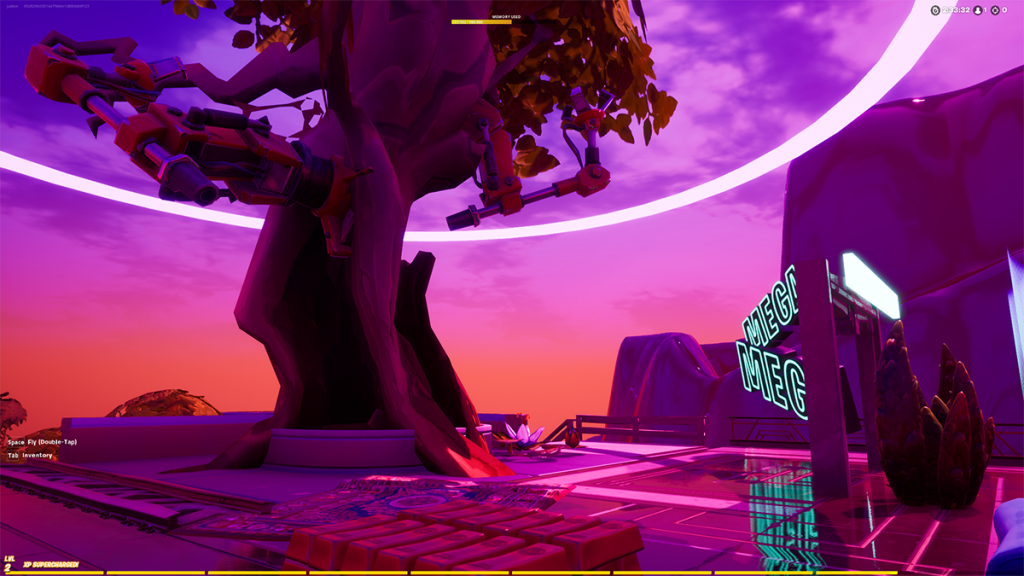
Image by Hugo Pilate
3. Turfucyberfeminisme
Octavia Butler, Ursula Le Guin et Donna Haraway donnent une bouffée d’air frais à la science-fiction et facilitent l’émergence d’une multitude d’autres mouvements alternatifs que ce soit le Biopunk,⁴ Salvagepunk ou le Solarpunk.⁵ L’afrocyberfeminisme était d’autant plus intéressant qu’il nous permettait non seulement de puiser dans une vaste culture afrofabuleuse mêlant remise en cause des systèmes d’oppression, magie, et savoirs ancestraux, mais aussi d’explorer la place des femmes ou personnes queer dans la banlieue. Awa, une facilitatrice lors de la préparation de notre atelier, avait insisté sur un point : si nous devions penser à l’avenir de la banlieue, il serait crucial de prendre en compte que les espaces publics sont majoritairement occupés par des hommes. Autre questionnement, que nous posait l’afrocyberfeminisme, c’est la place de l’Afrique dans la Banlieue du Turfu. Elle représente une archive créatrice, une multitude de savoirs modernes et cultures ancestraux où puiser son inspiration. Un carrefour à l’intersection de plusieurs civilisations mais aussi le lieu de homegrown solutions qui pourraient inspirer des nouveaux usages dans la Banlieue du Turfu. Le Turfucyberfeminisme donne une nouvelle profondeur à la notion de cyborg et propose d’étendre les hybridations possibles entre vivant et minéral, humain et végétal, temporel et spatial. Ces possibilités de métissage donnent place à une gymnastique verbale, la fusion de concepts, une alchimie qui se rêve par le mythe, la technologie et la magie.
Lors de cet atelier nous avons détourné une usine high-tech trouvée dans les préfabriqués Fortnite, pour en faire un ballroom vertical qui longe les parois extérieures de la structure jusqu’à arriver sur le toit dans lequel se trouve une estrade pour la performance finale. Un arbre héberge un magasin de sneakers ecosourcé gérée par une femme vegeto-cyborg plantée au milieux du magasin. Sous les rampes du ballroom et greffé sur la face nord du bâtiment, ronronne une ferme de soin où l’on peut se plonger dans les larmes de ladéesse Nea pour se ressourcer.
4. Chicha Maison de la sagesse
Nous voulions réinventer, hacker les bars à chicha et les imaginés comme les maisons de la sagesse des temps à venir. Le lieu d’invention, d’institutions et de parlements.
Il existe des safe spaces,⁶ des lieux dans lesquelles nous discutons ouvertement (avec nos propres clichés, limitations, tabous aussi), dans lesquelles nous prenons du plaisir, en tant que communautés diverses alors pourquoi ne pas les réinvestir, profiter de leurs potentialités et proposer d’autres formes de pratique démocratique, d’autres formes de politiques, comme lieu de prise de décision importante ? Placer l’Assemblée Nationale à la chicha permet de remettre en cause une institution présentée comme immuable. Cette recontextualisation pose des questions sur la centralisation du pouvoir, les codifications de la politique, le rôle du territoire, et des lieux où s’organisent ses pratiques.
Hugo, moi et Anaïs, (une autre facilitatrice qui nous a gentiment accompagné sur cet atelier) avons longuement échangé sur les parallèles à tisser entre la démocratie et la chicha, devrait-on parler de l’objet chicha comme outil de prise de parole ? Devrait-on plutôt s’inspirer des dynamiques sociales du bar à chicha ? Les saveurs de chichas devraient-elles aussi être prises en compte ?
C’est à ce moment que nous avons décidé de faciliter toute cette session sous forme de jeu de rôle, dans Miro et sans Fortnite. Nous avons imaginé avec Anaïs une session de jeu de rôle se déroulant sur deux heures dans laquelle les différents groupes de citoyen.ne.s présent.e.s pourraient proposer à l’assemblée de la chicha, un projet de lois qu’il devait formaliser sous forme de chicha alternative. Cela a donné:
C’est à ce moment que nous avons décidé de faciliter toute cette session sous forme de jeu de rôle, dans Miro et sans Fortnite. Nous avons imaginé avec Anaïs une session de jeu de rôle se déroulant sur deux heures dans laquelle les différents groupes de citoyen.ne.s présent.e.s pourraient proposer à l’assemblée de la chicha, un projet de lois qu’il devait formaliser sous forme de chicha alternative. Cela a donné:
1/ Pourrait-on subventionner la création d’un Internet des chichas qui faciliterait le partage des expériences entre objets connectés et expérience empathique à travers la réalité virtuelle (VR) ? Chaque bouffée de saveur donnerait un accès éphémère au vécu d’une autre personne connectée à une seconde chicha, ou qu’elle soit dans le monde.
2/ Pourrait-on créer un lieu d’enseignement de remèdes ancestro-turfuristes ?
C’est un lieu qui pourrait s’inspirer à la fois de la médecine la plus moderne mais aussi des recettes de l’antiquité.
C’est un lieu qui pourrait s’inspirer à la fois de la médecine la plus moderne mais aussi des recettes de l’antiquité.
Conclusion
Finalement, quels sont les enseignements de ces ateliers ?
Tout d’abord ils ont confirmé notre intuition que le prototypage de la Banlieue du Turfu à l’aide d’outils virtuels pourrait donner lieu à de riches échanges et interprétations variées par chaque participant.e.
Mais ces ateliers nous ont aussi permis d’avoir des formalisations “concrètes” de la Banlieue du Turfu. Le mot “concret“ revient souvent dans les questions sur le projet, souvent sous la forme de “Mais que proposez-vous concrètement?” La Banlieue du Turfu est un projet philosophique, un projet de civilisation. Un projet à la fois introspectif et prospectif qui ne peut se matérialiser en une seule création.
Lorsque j’ai pensé la première fois la Banlieue du Turfu, je me suis dit que je n’allais pas donner de définition pour que puisse émerger des récits différents selon le groupe, la localité, la région, le pays. J’étais donc inspiré par un modèle d’émergence fluide et organique mais les participants ne sont pas toujours à l’aise avec cette liberté.
Néanmoins, les mondes créés dans Fortnite rendent plus explicite et tangible l’importance du métissage des imaginaires, un magasin de sneaker surplombe, un champ d’ayahuasca au bout duquel se trouve un kebab symbiotique, et dans ces lieux se croisent stylistes, décrocheurs scolaires, oiseaux mutualisateurs et arbres cyborg…
Grâce à la bourse New New, nous avons pu pousser nos expérimentations un peu plus loin. Alors dans nos prochaines étapes nous allons donner une forme plus précise de la Banlieue du Turfu, un espace virtuel enchanteur, démocratique, riche de vie et de créativité. Nous sommes toujours en train de construire ce projet mais rapidement les planètes s’alignent. La transition 2021-2022 nous semble prometteuse.
Glossaire
La banlieue elles prennent différentes formes en France, en Europe et dans le monde. Parfois elles sont excentrées, parfois elles sont dans le centre-ville, parfois il s’agit de grands bâtiments, parfois il s’agit de lotissements, parfois elles sont très urbanisées et d’autres fois la nature est très présente. Il existe d’autres synonymes de banlieue, les Grands Ensembles, quartiers prioritaires, périphéries etc. Aucune définition n’est satisfaisante de plus elles ne permettent pas de cerner la diversité de ses aspects. À cette définition géographique, j’ajoute ma définition : la banlieue est partage du sensible, imaginaire, expérience et mode de vie, mythe et destin partagé qui dépassent l’attribution géographique ou le rapport à l’architecture.
Turfu le verlan français du mot futur.
Worldbuilding technique et processus d’élaboration d’un monde imaginaire. L’exemple le plus emblématique est celui de la Terre du Milieu de l’écrivain Tolkien.
Terrabanlieuformation est un néologisme que nous avons inventé pour exprimer la métaphore de la création de la vie et de ses conditions sur Terre et en banlieue.
Symbioturfurisme est un néologisme que nous avons inventé pour désigner l’hybridation de l’imaginaire du turfu et l’imaginaire de l’écologie.
Turfucyberfeminisme est un néologisme que nous avons inventé pour désigner la fusion de l’univers cyberpunk, afroféministe et imaginaire quartier.
Maison de la sagesse بيت الحكمة (bayt al-hikma) sont apparues au 9 siècle dans le monde Arabe. Auteur Houari Touati (en 2014), l’envisage comme une institution bibliothécaire, le « dépôt de livres de la sagesse des Anciens ». Sans les réduire, on évoque couramment leur rôle majeur dans la « transmission de l’héritage des civilisations » : grecque, perse, indienne, chinoise et du Moyen-Orient. Cet aspect fait de ces maisons un des symboles de l’âge d’or de la science arabe, comme lieu de collecte, de diffusion, de copie et de traduction de la littérature d’adab (les belles-lettres).⁷
Ayahuasca est une breuvage thérapeutique enthéogène à base de plantes utilisé par les chamanes d’Amériques du sud lors de rituels.
1. https://www.epicgames.com/help/fr/fortnite-c75/creatif-c96/qu-estce-que-le-mode-creatif-dans-fortnite-et-comment-fonctionnetil-a3428
2. https://fr.symbiotique.org/fr/
3. https://maps.org/news-letters/v10n3/10318sha.html
4. https://www.lemonde.fr/pixels/article/2019/05/26/la-science-fiction-aborde-des-enjeux-planetaires-entretien-avec-trois-maitres-de-la-sf_5467477_4408996.html
5. https://www.arte.tv/fr/articles/tracks-solarpunk-ecologie-sf
6. https://www.arte.tv/fr/articles/tracks-solarpunk-ecologie-sf
7. https://fr.wikipedia.org/wiki/Maison_de_la_sagesse
2. https://fr.symbiotique.org/fr/
3. https://maps.org/news-letters/v10n3/10318sha.html
4. https://www.lemonde.fr/pixels/article/2019/05/26/la-science-fiction-aborde-des-enjeux-planetaires-entretien-avec-trois-maitres-de-la-sf_5467477_4408996.html
5. https://www.arte.tv/fr/articles/tracks-solarpunk-ecologie-sf
6. https://www.arte.tv/fr/articles/tracks-solarpunk-ecologie-sf
7. https://fr.wikipedia.org/wiki/Maison_de_la_sagesse
The Banlieue du Turfu: A prototype to transcend reality
Translation Allison M. Charette
In early September 2020, Hugo reached out to me to co-develop a series of creative workshops on reenchanting the banlieue. Hugo had just launched a project called Cyberlocal Dreams, a pedagogical collaborative workshop at the intersection of a myriad of questions regarding ecological transitions in urban areas. Both of these projects draw from the practices of worldbuilding and prototyping alternative realities, using collaborative digital tools such as multiplayer video games.
Each workshop on the Banlieue du Turfu had two parts: the first used Miro to guide a collective brainstorming session on the theme of the week, through exercises on introspection, deconstruction, and improvisation. The second part took place in the Creative mode of Fortnite,¹ where participants brought their visions to life. Every phase of prototyping was organised in the same Fortnite map, allowing the creation of a world that was vaster, denser and more alive.
The first workshops were experimental. The participants were people close to Hugo and myself: friends, designers and the occasional stranger who had become interested in our work. I selected four very different themes that had been dominating my imagination, with no real coherence. The main takeaway here is that I wanted to try to think about the banlieue through the lens of good, non-problematic things. You think that’s nothing special? Well, as a matter of fact, it is – in France, at any rate, our only collective idea of the banlieue is via the lens of its problems to resolve.
1. Terrabanlieueforming
Terrabanlieueforming challenges the order of the possible and impossible. The Banlieue du Turfu could potentially be a place as enticing as Mars, and is likewise equally as exotic, casting me – all of us – as explorers of a nearly unknown world. It will likewise have to be terraformed, created, crafted in our hands. Constructing the Banlieue du Turfu will require new knowledge, methods of transportation and renewable energies, just as much as the means to become autonomous. It is a plausible alternative to Martian space conquest. There are Mars equivalents that exist on Earth, in the Banlieue and other decentralized territories. Right now, we have very different perceptions of them: one symbolizes decadence; the other, the future of civilization.
We decided to explore the connections between the fantastical turfuist and Martian worlds using the metaphor of a rover, the remote-controlled vehicle used to explore Mars from a distance. This way of surveying and feeling out the possibilities for inhabiting Mars seemed to be a pertinent place to start, allowing us to underscore the fact that the Banlieue du Turfu was not yet created, and that our ability to manifest it would be undeniably influenced by the tools we have at our disposal. Is it like the box where the Little Prince’s sheep is, or the Magizoologist’s discovery case?
These ideas began to take more or less explicit shape in Fortnite, starting with a circular system of sanitation that could grant food-level autonomy, as well as a space for botanical care that would redesign medical services as a journey, rather than a set of destinations. These prototypes echoed themes of well-being in a rather hostile environment. We were able to bring our concepts to a concrete place – this normally would have been more difficult, but using the medium of Fortnite empowered the transition.
2. Symbioturfuism
A turtle crossing a river on a frog’s back: that is a symbiotic banlieue. The banlieue is defined and defines itself by a lack of resources, money, programs and support. Yet we don’t lack locally for artistic, philosophical, scientific or practical resources which inspire new relationships, ways of being, existences and innovations. What if banlieues don’t exist in the future? Symbiosis is thus a metaphor, an ecological reality and an economic possibility² all at once – a possible alternative to this idea of not-having. The banlieue being no longer just a public space of concrete, but an interconnected intimacy within a great common cultural tree that shelters local and individual dreams.
We decided to anchor the workshop around a symbiotic kebab house: part business, part public establishment, a place that could reveal the complex web of symbiosis within the banlieue. This mooring also allowed us to confront the cultural and ecological clichés that often place the adoption of a vegan lifestyle at the foundation of ecological policy. We then proposed three different perspectives to interact with our fantastical site: a celebrity from the area, a disengaged student and a fashion influencer. The conversation began by listing out some ways that the inhabitants of a symbiotic Banlieue could make effective use of nature: birds as signage (like the fish for Nemo), or illuminated palm trees as lampposts. The discussion evolved to the notion of communal areas, imagining the members of the symbiotic banlieue as a web of interdependent silos, where different areas of abundance are shared through mutual aid. In Fortnite, these ideas were interpreted as a field of blockchain-sown ayahuasca³ that provides a way to exchange work time for hallucinatory inspiration, an ancestral tree providing academic support based on the individual rhythm of every individual, and mutualizing birds overlooking it all to facilitate communication among members of the banlieue to optimize the sharing of resources.
3. Turfucyberfeminism
Octavia Butler, Ursula K. Le Guin, and Donna Haraway have brought a breath of fresh air to science fiction and paved the way for a multitude of other alternative movements, such as Biopunk,⁴ Salvagepunk and Solarpunk.⁵ Afrocyberfeminism was of greatest interest to us, in that it allowed us not only to draw from the vast culture of afrolegends – a mélange of magic, ancestral knowledge, and challenges to oppressive systems – but also to explore the place of women and queer people in the banlieue. Awa, a facilitator during the preparatory phases of our workshops, made sure we focused on this: if we were going to think about the future of the banlieue, it would be crucial to acknowledge that public spaces are currently primarily occupied by men. Another question raised by Afrocyberfeminism is the place of Africa in the Banlieue du Turfu. It is an archive of creativity, a wealth of modern knowledge and ancestral cultures to draw from for inspiration. A crossroads of a plethora of civilizations, as well as a land of homegrown solutions that could inspire new ways of using things in the Banlieue du Turfu. Thus, Turfucyberfeminism brings a deeper meaning to the notion of the cyborg, suggesting an expansion of possible hybrids of living and mineral, human and vegetal, temporal and spatial. These possibilities of métissage open a space for verbal gymnastics, a fusion of concepts, and an alchemy dreamed of in myth, technology and magic.
During this workshop, we hijacked a high-tech factory from the Fortnite prefabs to make a vertical ballroom that wound around the exterior walls of the structure, with a stage on the roof for the final performance. A tree provided a home for an ecosourced sneaker store, which was run by a vegeto-cyborg woman planted inside. Grafted onto the northern wall of the building below the ramps of the ballroom hummed a healing farm, where you could bathe in the tears of the goddess Nea for revitalization.
The Shisha House of Wisdom
We wanted to hack and reinvent the shisha bar, imagining it as a house of wisdom for the coming age: a place of invention, institutions and parliaments.
Safe spaces⁶ already exist – places where we can have open discussions (within our own clichés, limitations and taboos) and enjoy our diverse communities – so why not reinvest in them and capitalize off of their potential by advancing other forms of democratic practice, other forms of politics, in a new space for making important decisions? Housing the Assemblée Nationale in the shisha bar would let us challenge the institution itself, which is currently seen as inflexible. This recontextualization can allow for questioning the centralization of power, the codification of politics, the role of national borders, and the places such practices are organized.
Hugo and I, along with Anaïs (another facilitator who was kind enough to accompany us throughout this workshop), had a lengthy discussion about the parallels to draw between democracy and the shisha bar. Could we use the shisha as a tool to indicate who may speak? Or could we draw inspiration from the social dynamics of the shisha bar? Should the flavors of shisha also be taken into consideration?
We then decided to facilitate that entire session as a roleplay in Miro, without using Fortnite. Anaïs helped us craft a two-hour roleplaying session, in which all the different groups of citizens could present their proposals to the rest of the shisha, a project to create new laws to formalize an alternative shisha bar. These were the results:
1/ Could we subsidize the creation of a World Wide Web of shishas, which would facilitate smart hubs to share empathic experiences through virtual reality? Each puff of flavour could give ephemeral access to the lived experience of another person connected to a second shisha anywhere in the world.
2/ Could we create a place for teaching ancestral-turfuist remedies? Such a place could draw from both the latest in modern medicine and recipes from ancient times.
Conclusion
So, what lessons did these workshops teach us?
First of all, they confirmed our intuition that using virtual tools to prototype the Banlieue du Turfu would cultivate rich exchanges and a variety of interpretations from the different participants.
These workshops also gave us “concrete” ways to formalize the Banlieue du Turfu. The word “concrete” often surfaces in questions about the project, usually in the guise of “What concrete things are you proposing?” The Banlieue du Turfu is a project of philosophy, of civilization. A project both introspective and prospective, which cannot be materialized in one single creation.
When I first conceived of the Banlieue du Turfu, I told myself I could not set a definition for what might emerge from all the different stories based on the group, locale, region or country. I was inspired by a model of fluid and organic emergence, although the participants were not always comfortable with that level of freedom.
However, the worlds created in Fortnite helped the importance of métissage within the fantasy worlds become more tangible and explicit: the towering sneaker store, the ayahuasca field with a symbiotic kebab house on the far side, all populated by stylists, students, mutualizing birds and cyborg trees.
Thanks to the New New grant, we can push our experiments further. Our next step will be to refine the Banlieue du Turfu into a more precise form: a virtual space that is enchanting and democratic, teeming with life and creativity. We are still designing this project, but the stars are swiftly aligning. The transition from 2021 to 2022 seems very promising.
Glossary
Banlieue A French word originally used for the suburbs. In recent decades it has referred to housing projects and other low-income areas in France. A banlieue can take many different forms throughout France, Europe and around the world. Sometimes outside city limits, sometimes in the inner city; sometimes made of huge buildings, sometimes housing projects; sometimes very urban, and other times in the middle of nature. There are plenty of synonyms for banlieue throughout the world: council estate, welfare housing, low-income housing, on the outskirts etc. There is no fully satisfactory definition – no definition has room for any diversity within the banlieue’s features. So, I’ll add my own definition to the geographic one: the banlieue is a sharing of emotions, fantasies, experiences and ways of living, a shared myth and destiny that goes beyond any geographic attributions or architectural features.
Turfu French verlan (inversion slang) for “future” (“le futur”).
Worldbuilding the process and technique of expanding the details of an imaginary world. One of the most iconic examples is J.R.R. Tolkien’s Middle-earth.
Terrabanlieueforming a neologism we made for the metaphor of creating life and its many conditions on Earth and in the banlieue.
Symbioturfuism a neologism we made for the hybrid of turfu and ecological fantasy worlds.
Turfucyberfeminism a neologism we made for the fusion of cyberpunk, afrofeminism, and urban fantasy.
Houses of Wisdom ( بيت الحكمة , bayt al-hikma) These were founded in the Arab world in the 9th century. Author Houari Touati depicted them as library institutions in 2014, the “repository of books of knowledge in ancient times.” An oversimplified way to evoke them is through their predominant role in the “transmission of the heritage of civilizations,” including Greek, Persian, Indian, Chinese and Middle Eastern. This feature made these houses one of the symbols of the golden age of Arabic sciences: a place of collection, diffusion, copying and translation of the classical Islamic literature known as adab.⁷
Ayahuasca an entheogenic and therapeutic beverage brewed from plants and used in rituals by shamans in South America.
1. https://www.epicgames.com/help/en-US/fortnite-c75/creative-c96/what-is-creative-mode-in-fortnite-how-does-it-work-a3428
2. https://symbiotique.org/
3. https://maps.org/news-letters/v10n3/10318sha.html
4. https://en.wikipedia.org/wiki/Biopunk
5. https://medium.com/solarpunks/solarpunk-a-reference-guide-8bcf18871965
6. https://fr.wikipedia.org/wiki/Safe_space
7. https://en.wikipedia.org/wiki/House_of_Wisdom#Other_Houses_of_Wisdom
2. https://symbiotique.org/
3. https://maps.org/news-letters/v10n3/10318sha.html
4. https://en.wikipedia.org/wiki/Biopunk
5. https://medium.com/solarpunks/solarpunk-a-reference-guide-8bcf18871965
6. https://fr.wikipedia.org/wiki/Safe_space
7. https://en.wikipedia.org/wiki/House_of_Wisdom#Other_Houses_of_Wisdom
